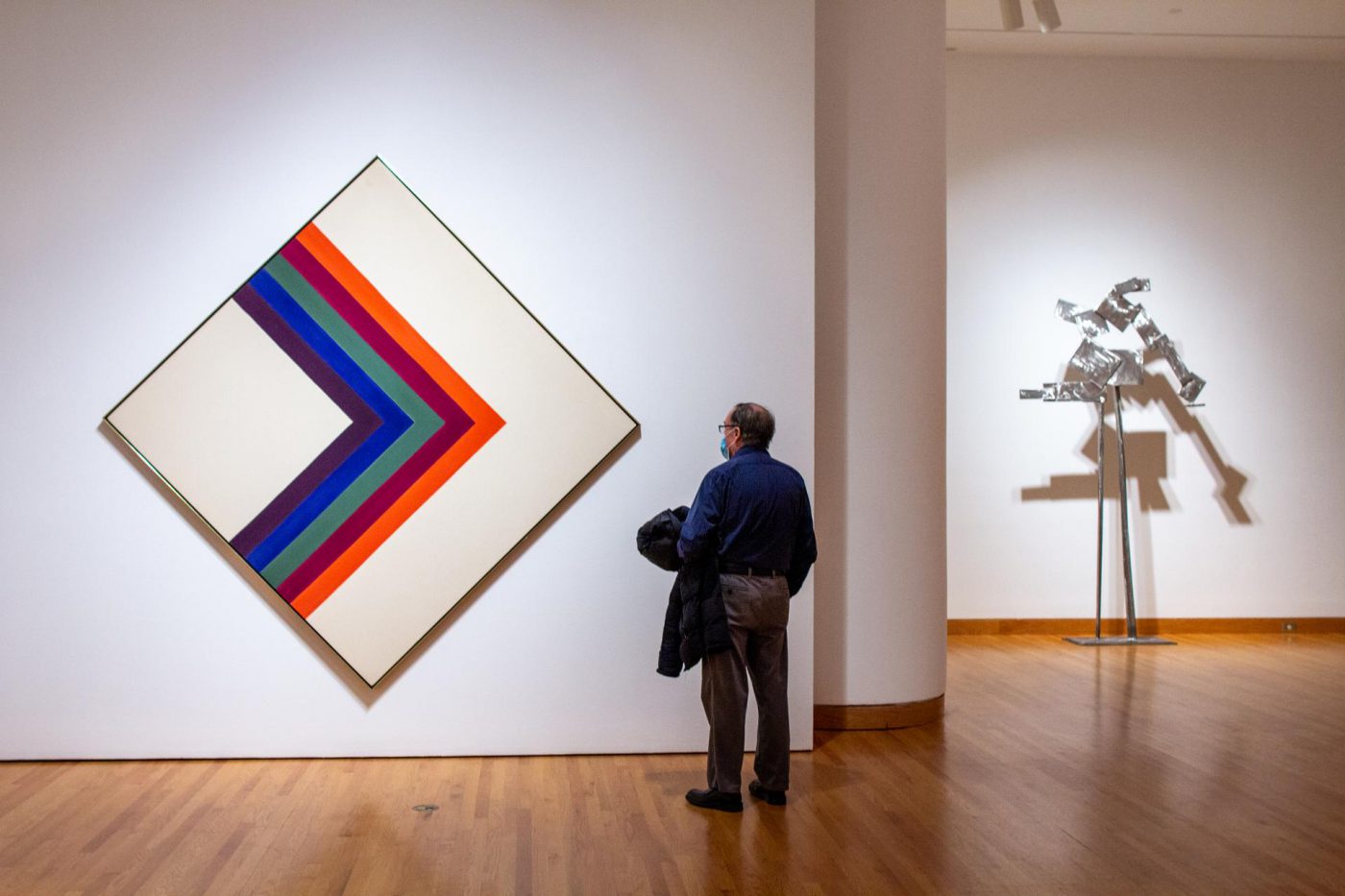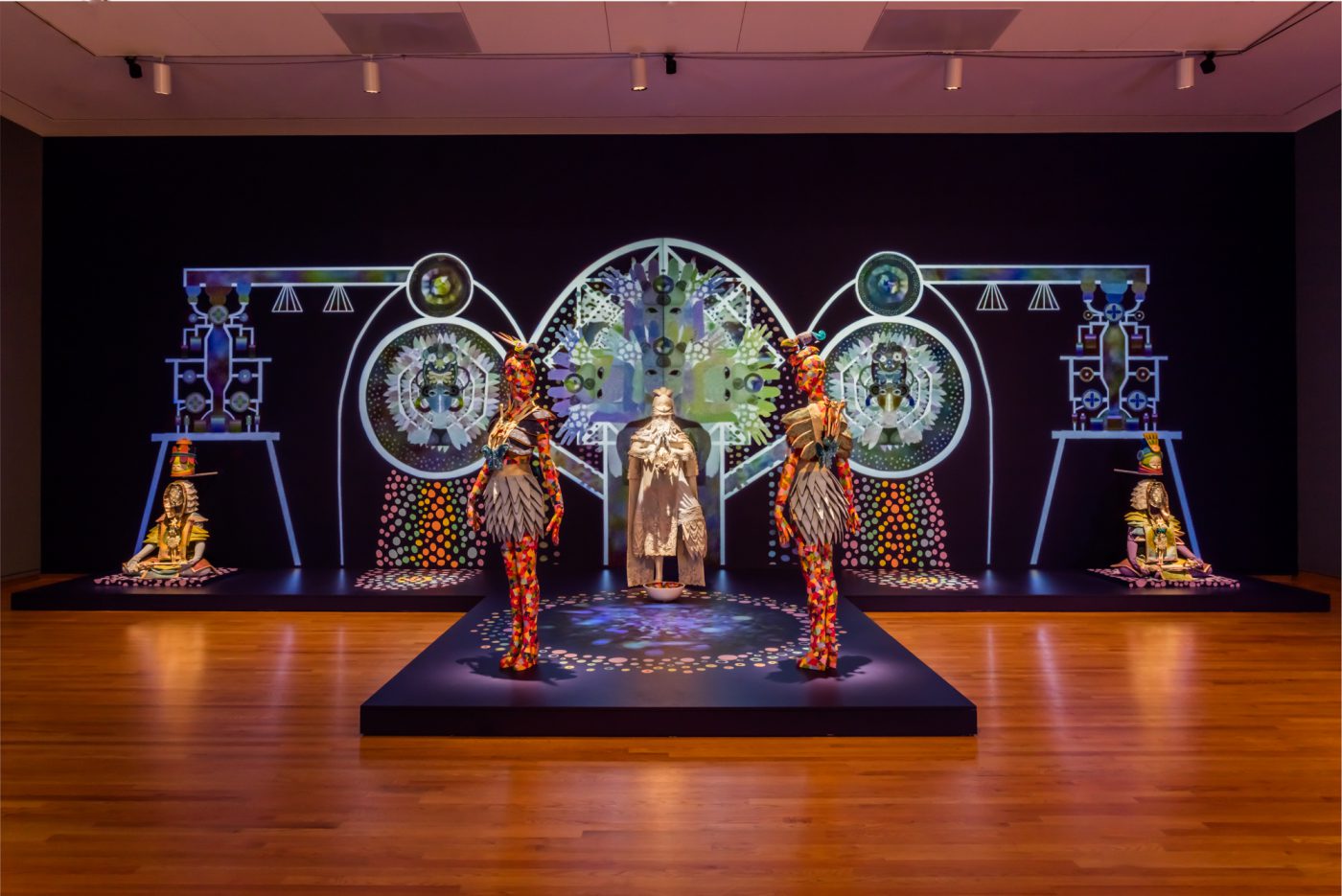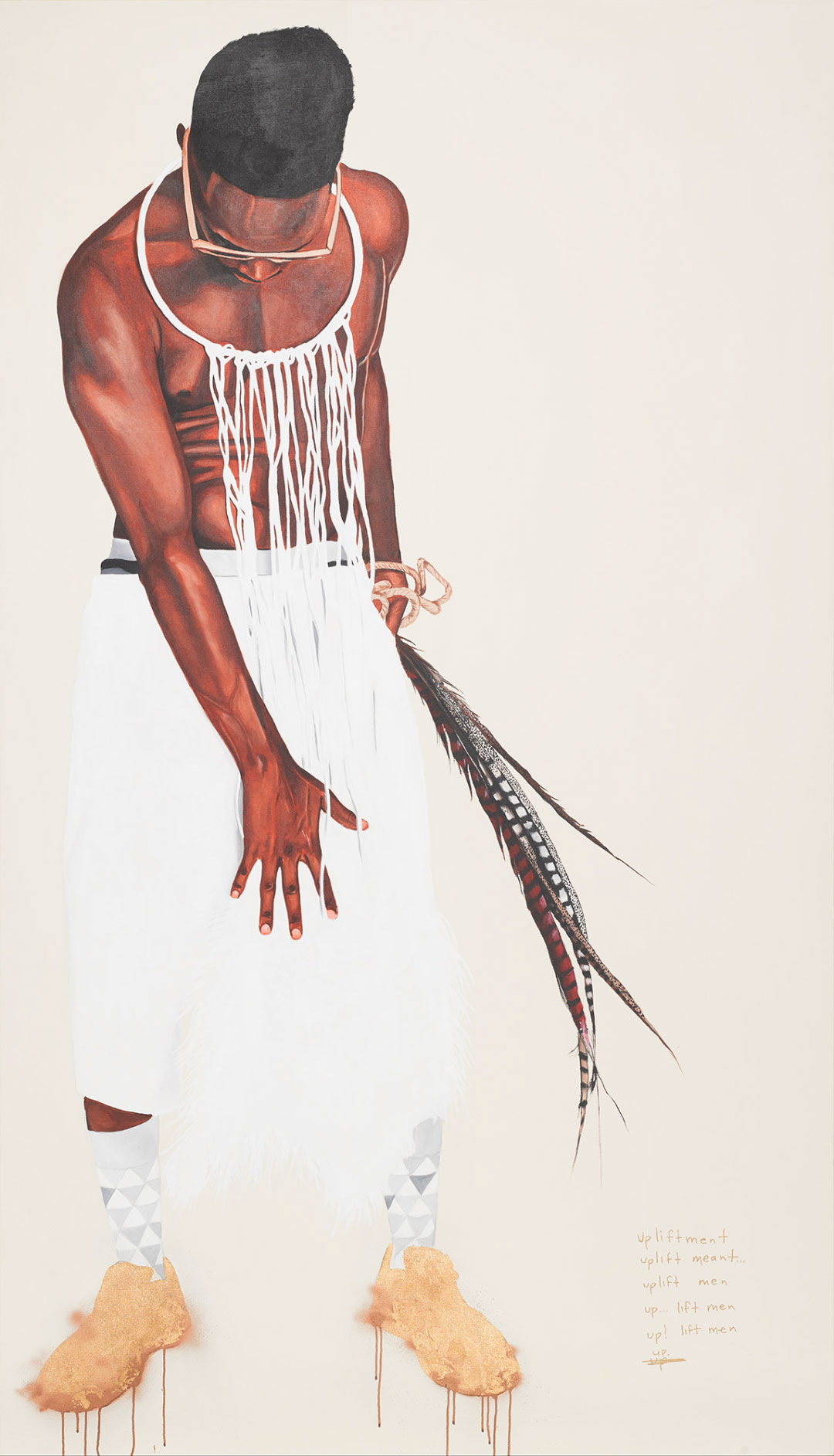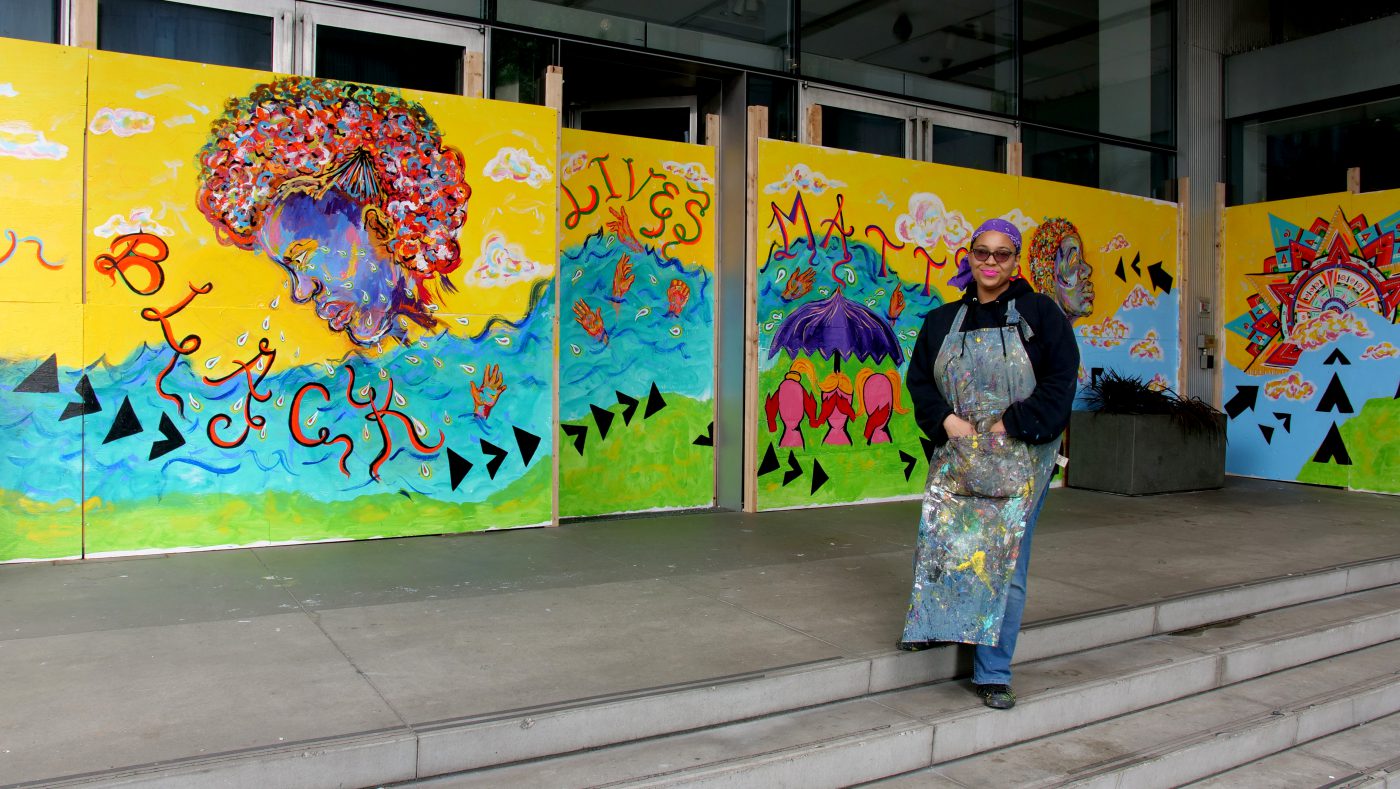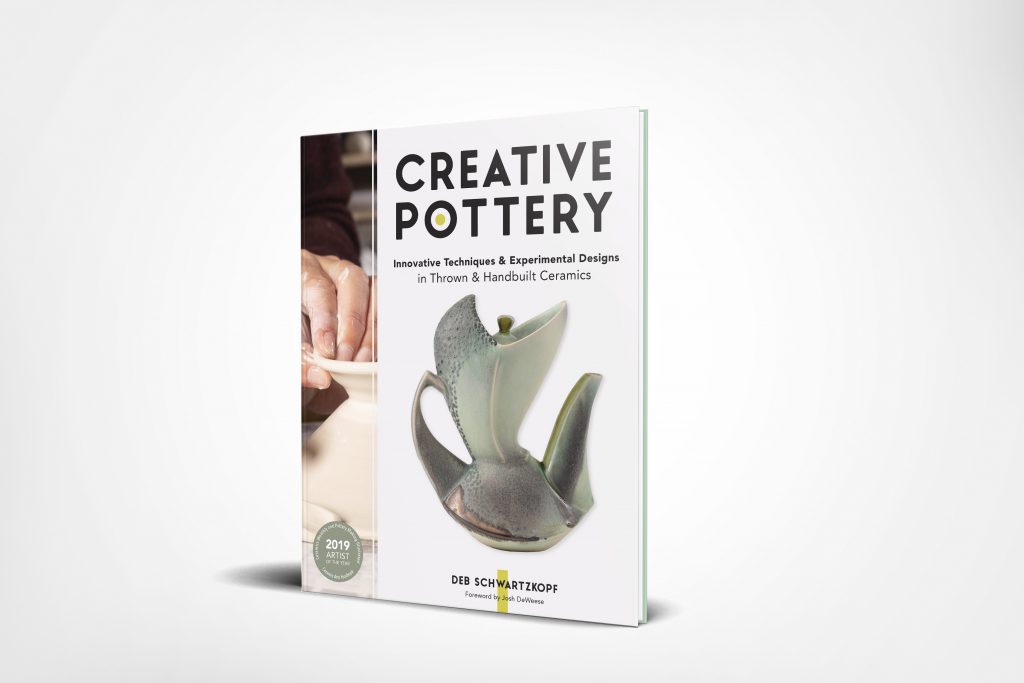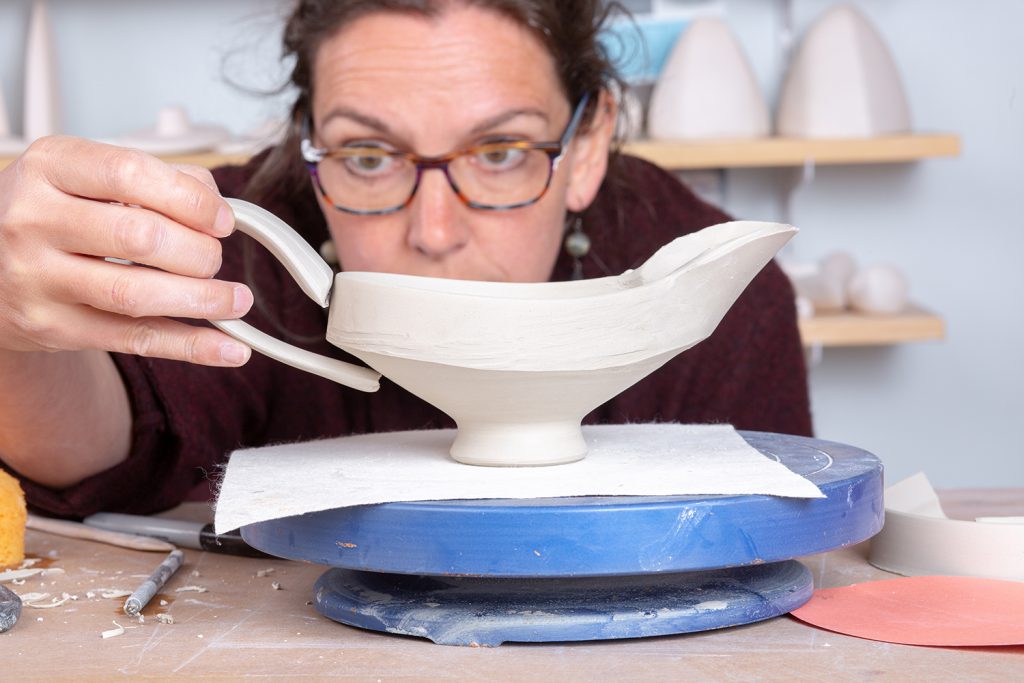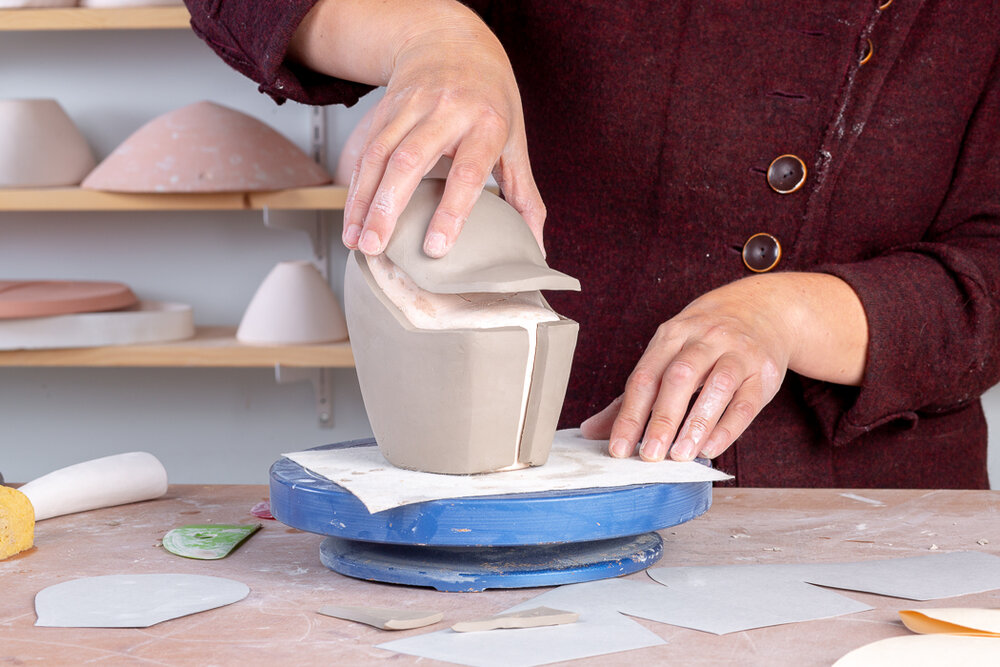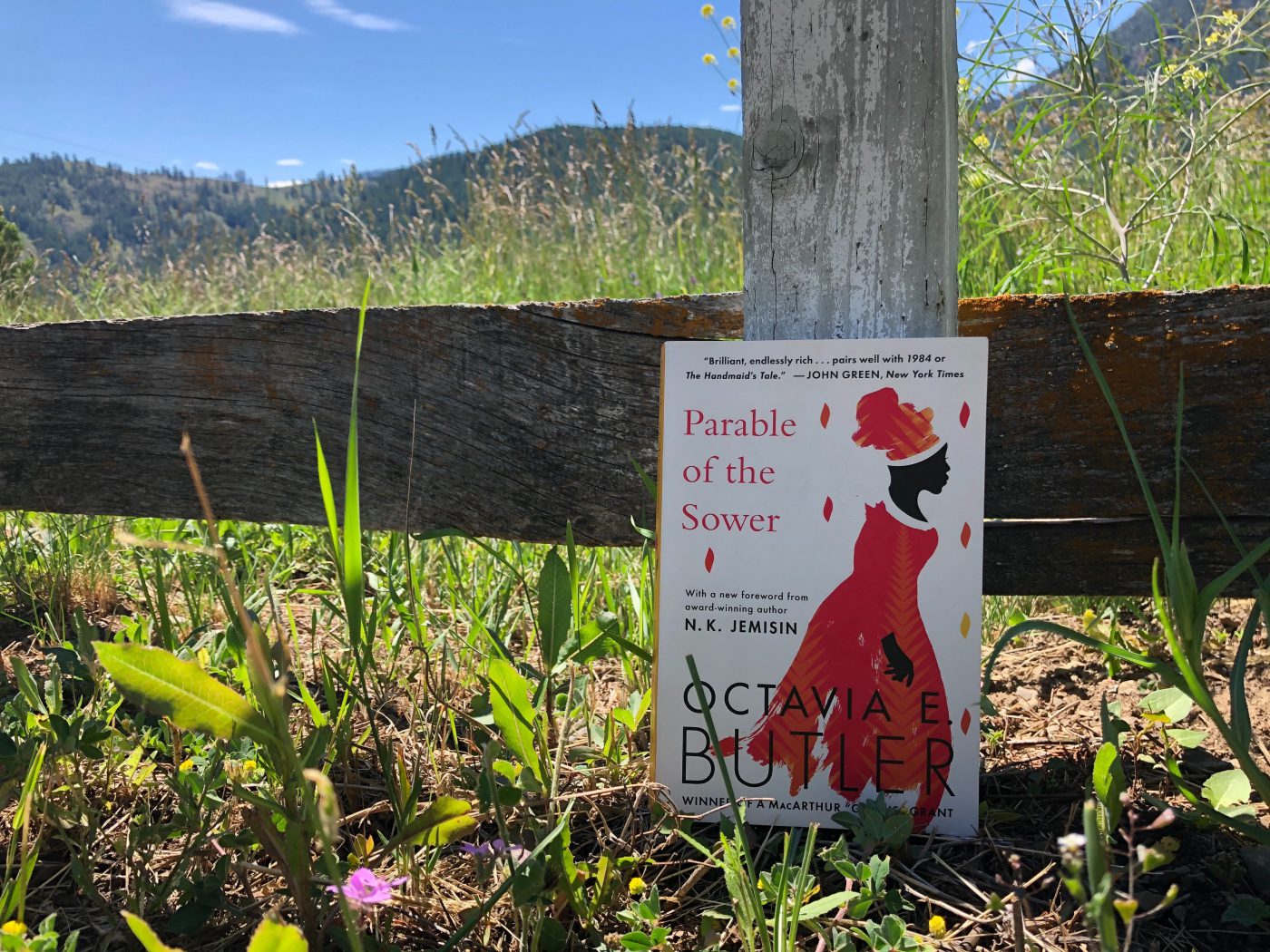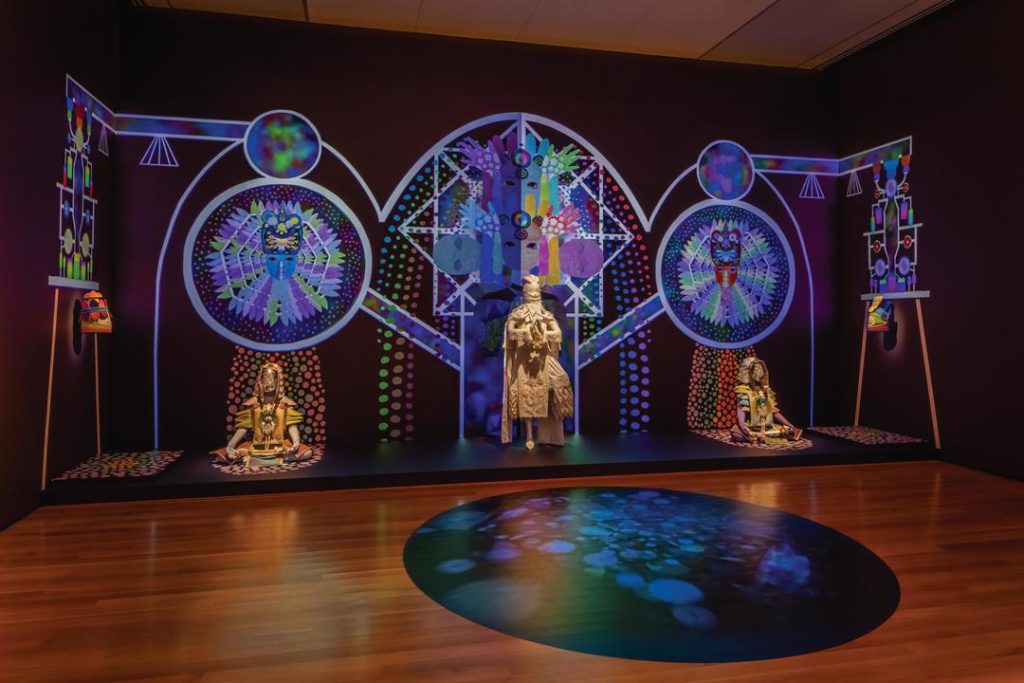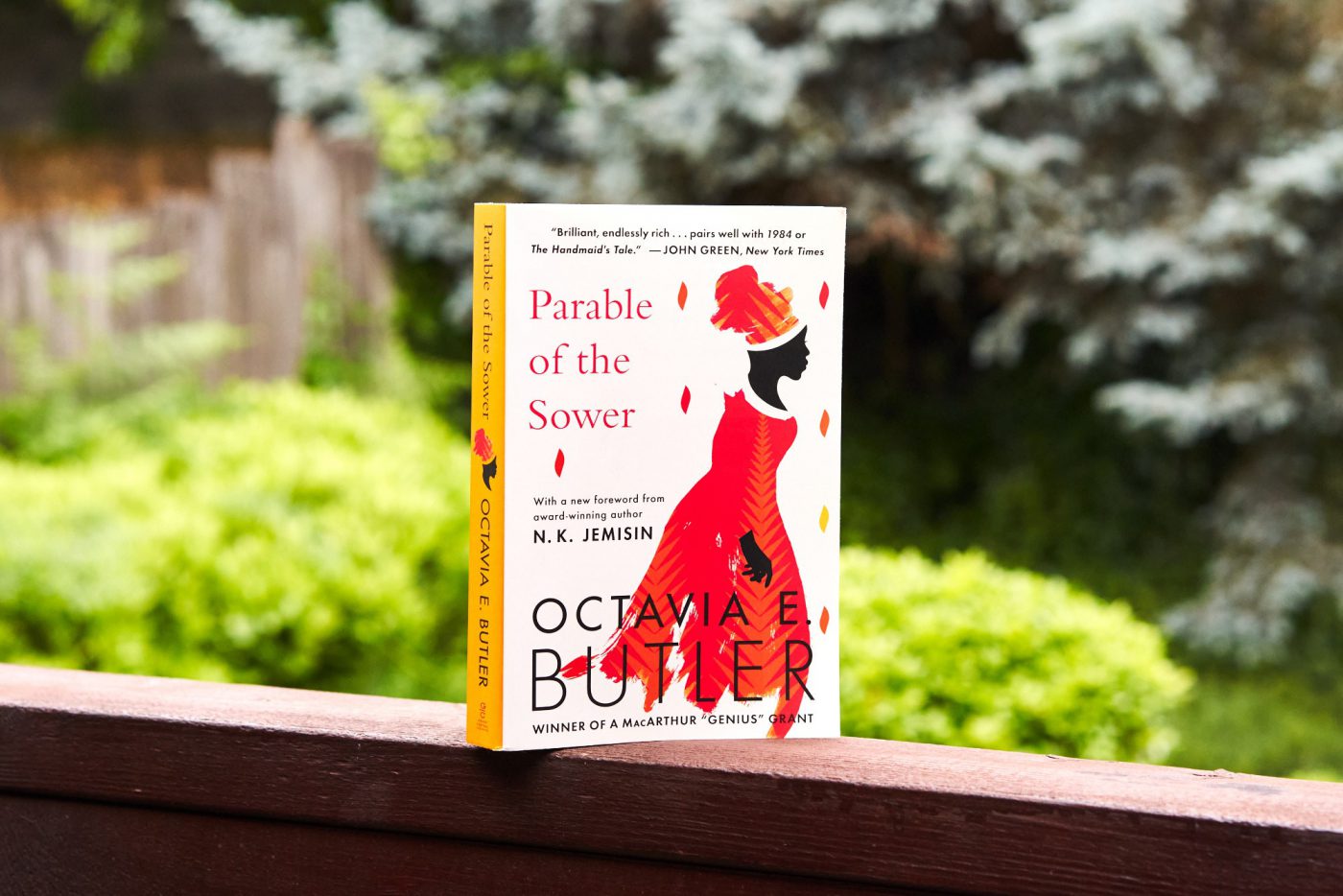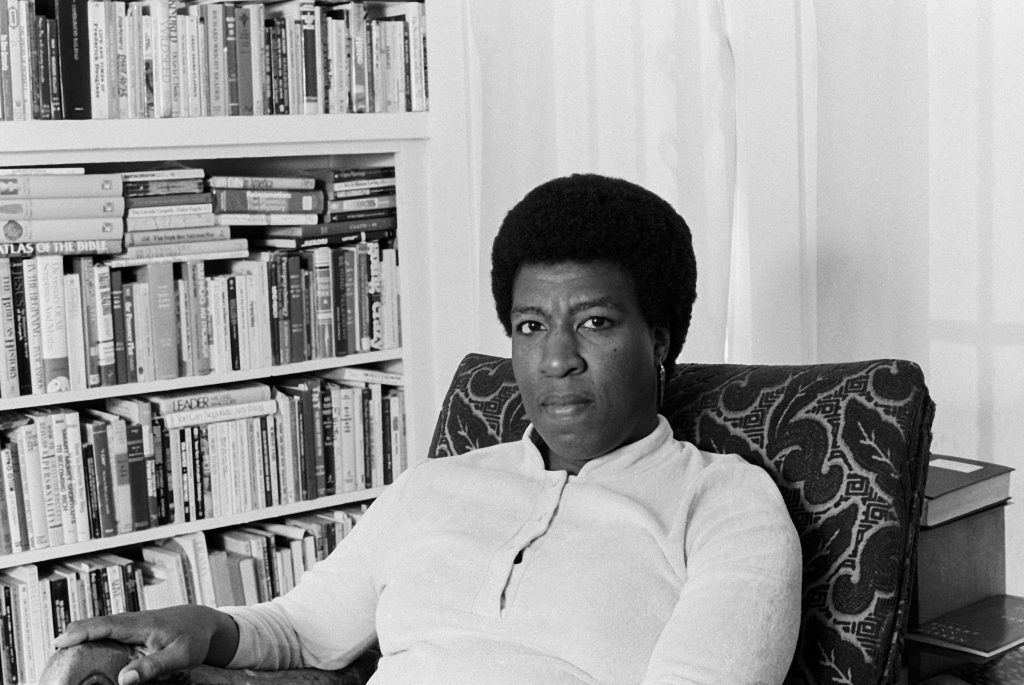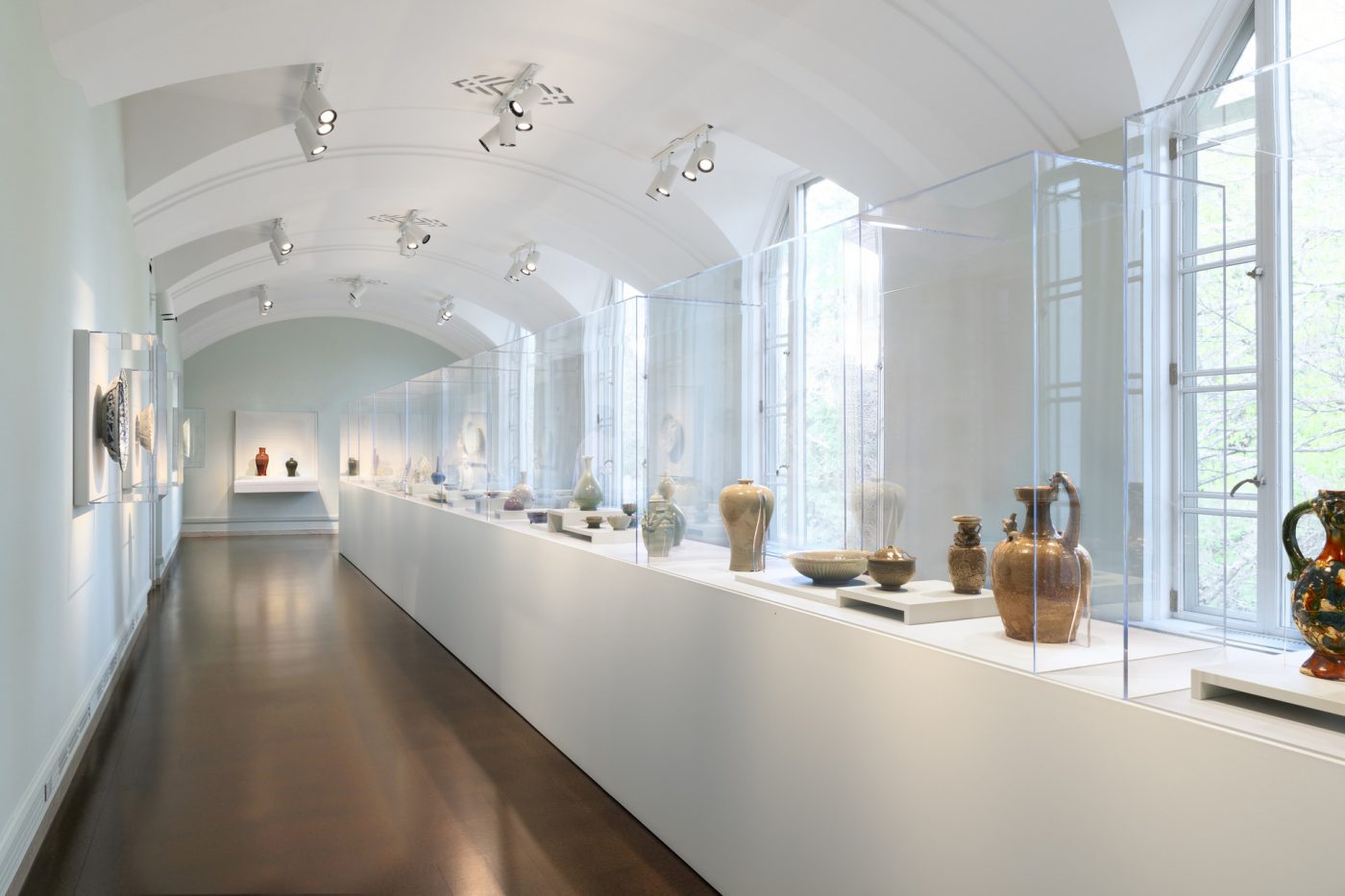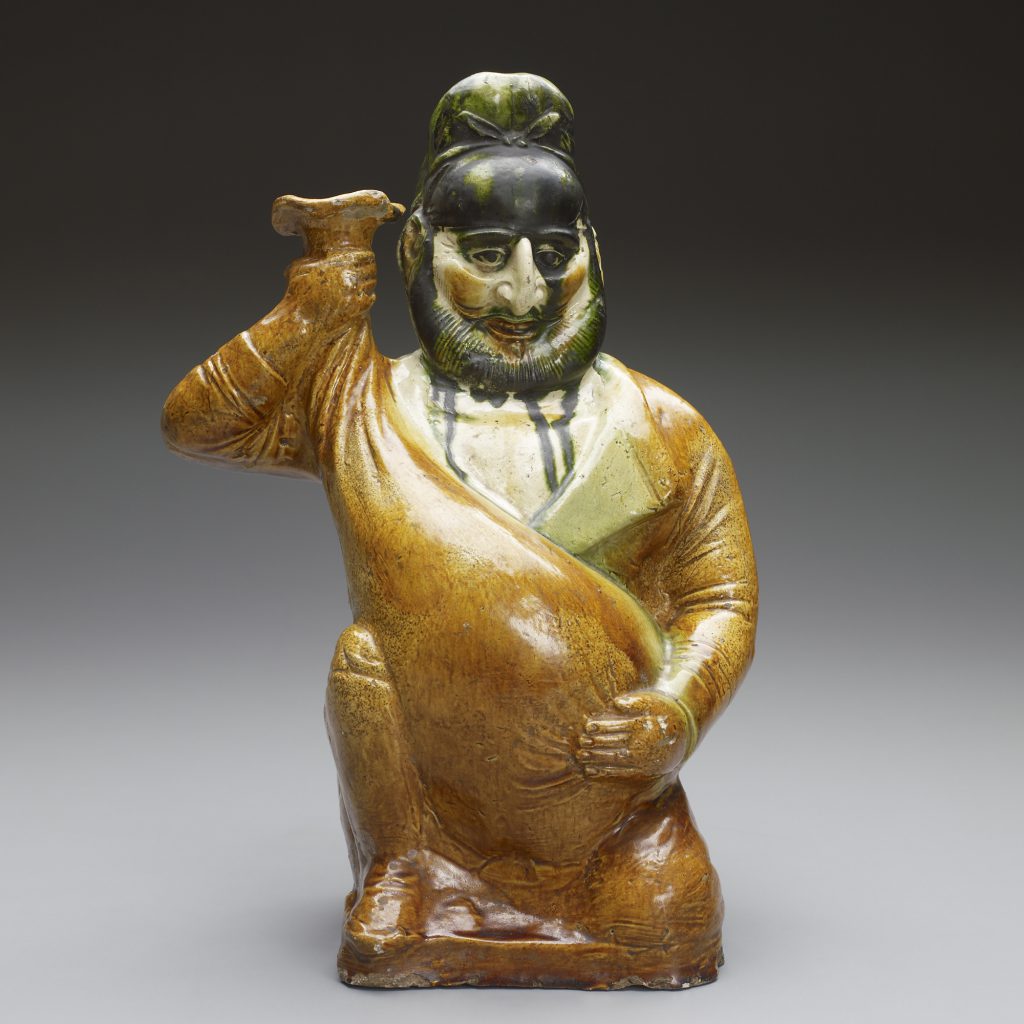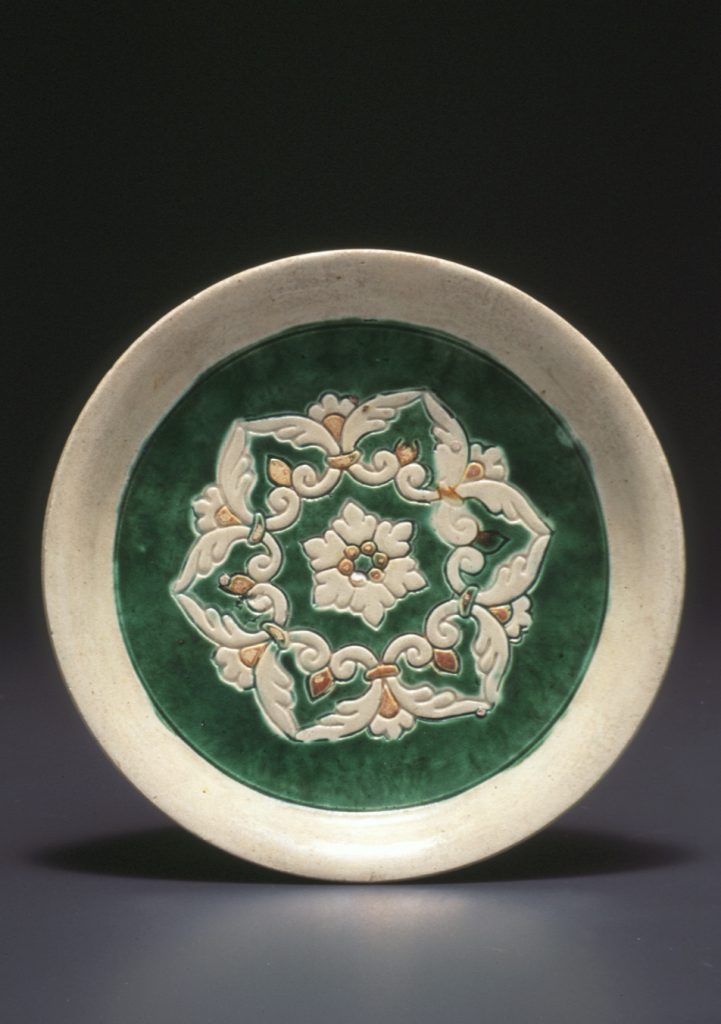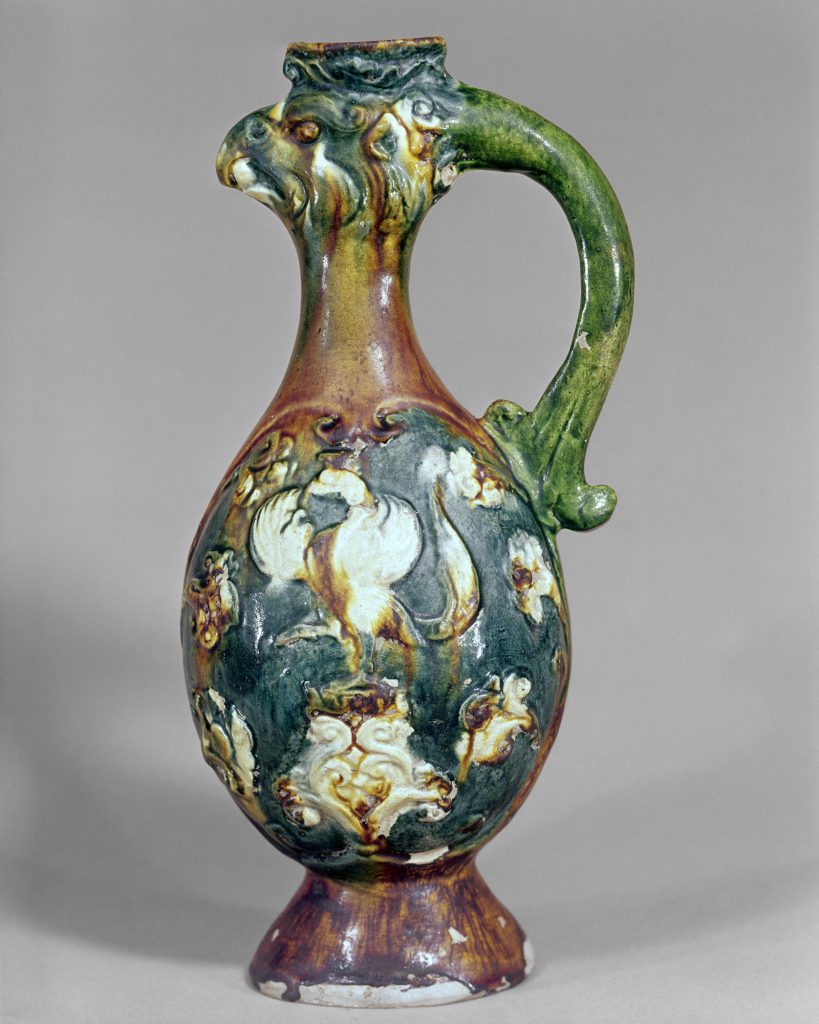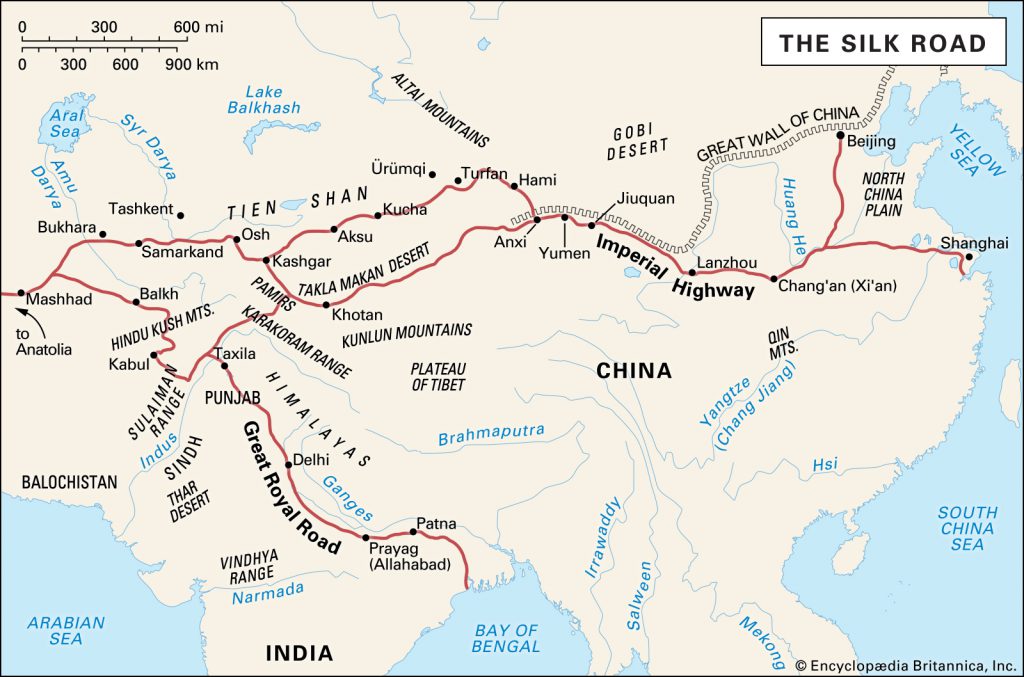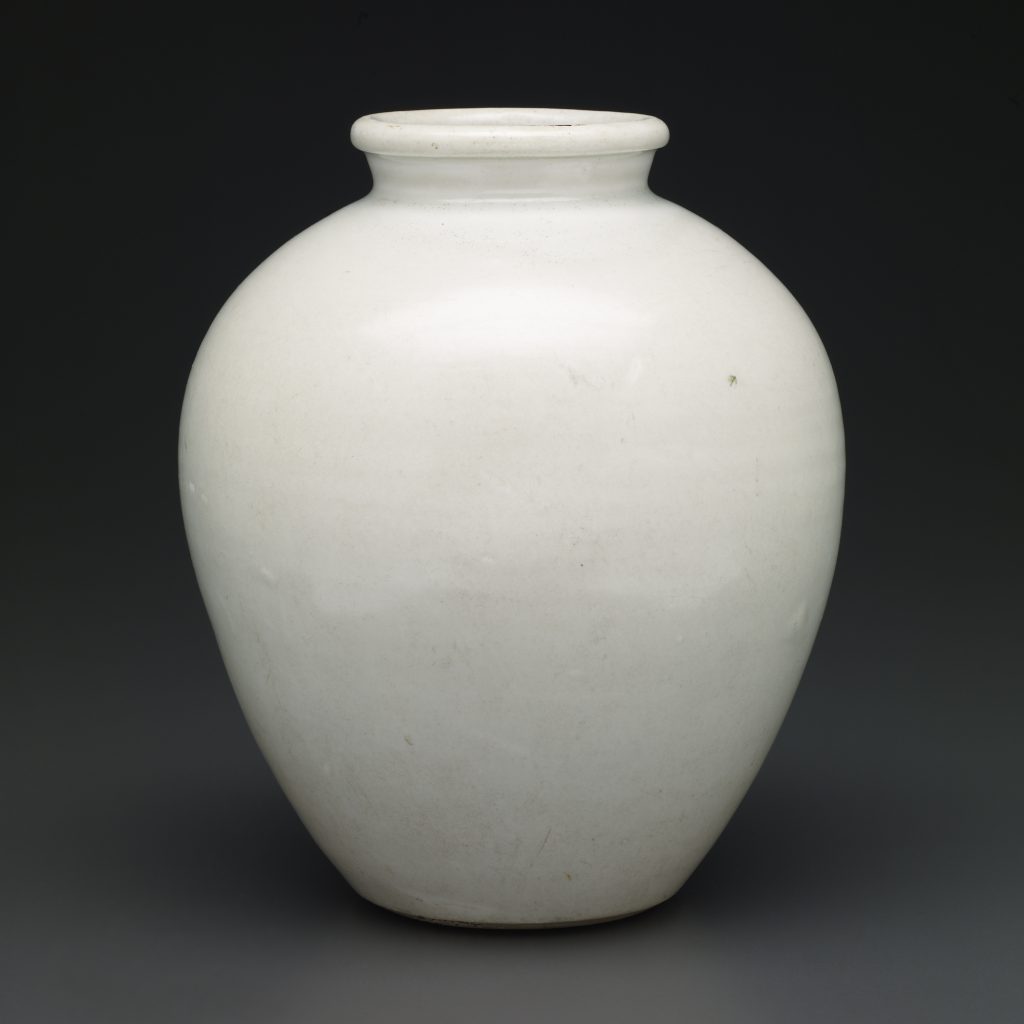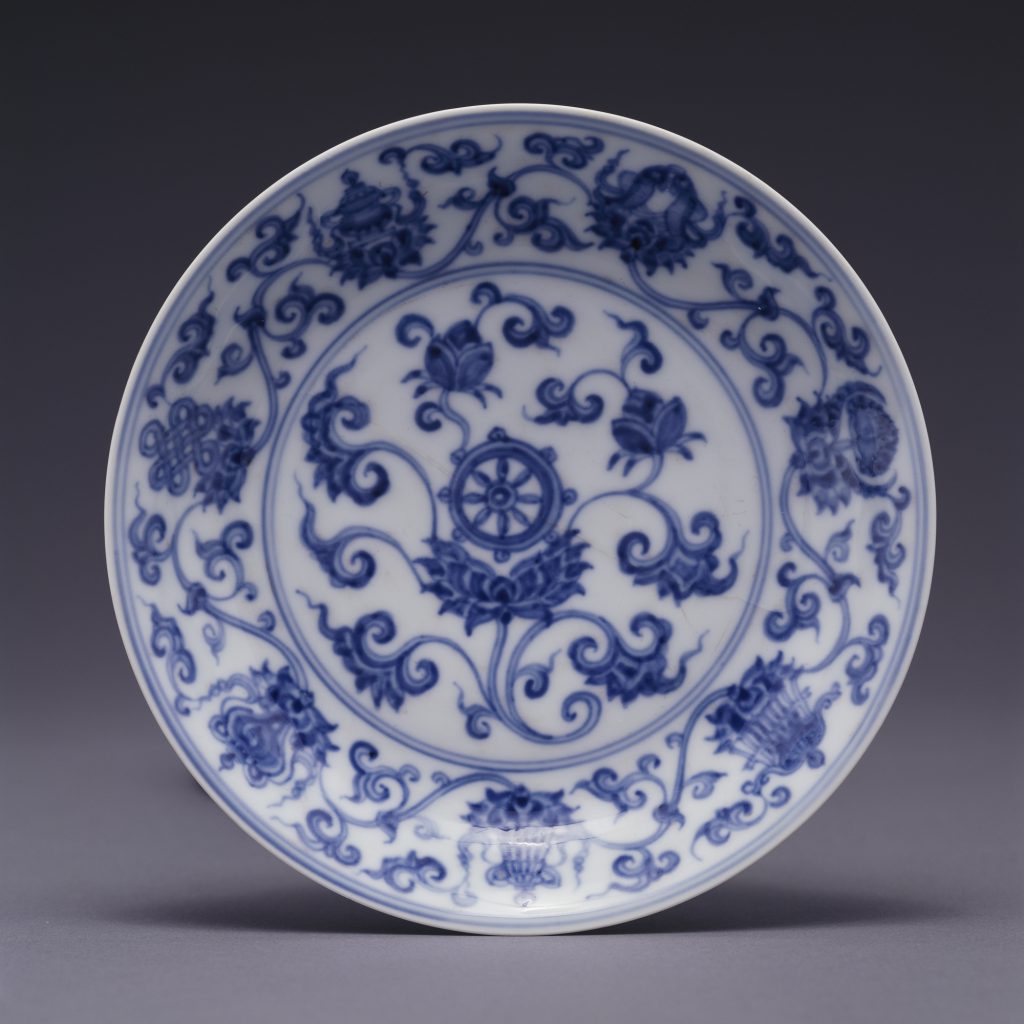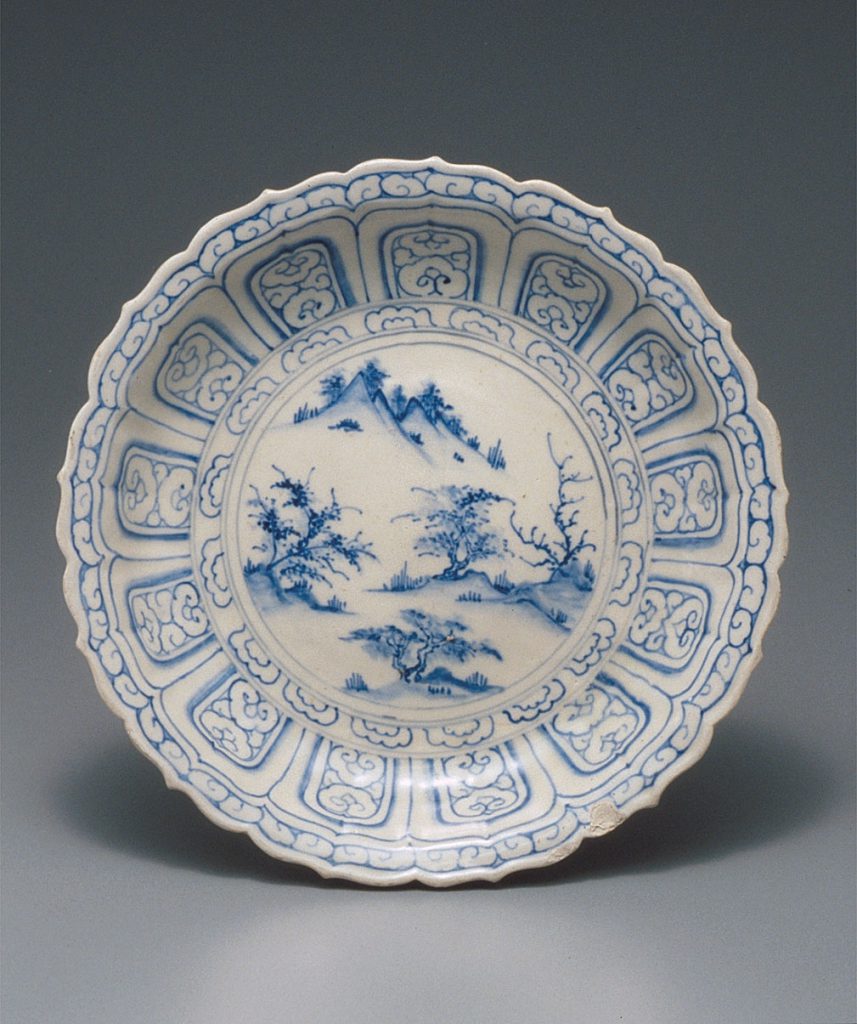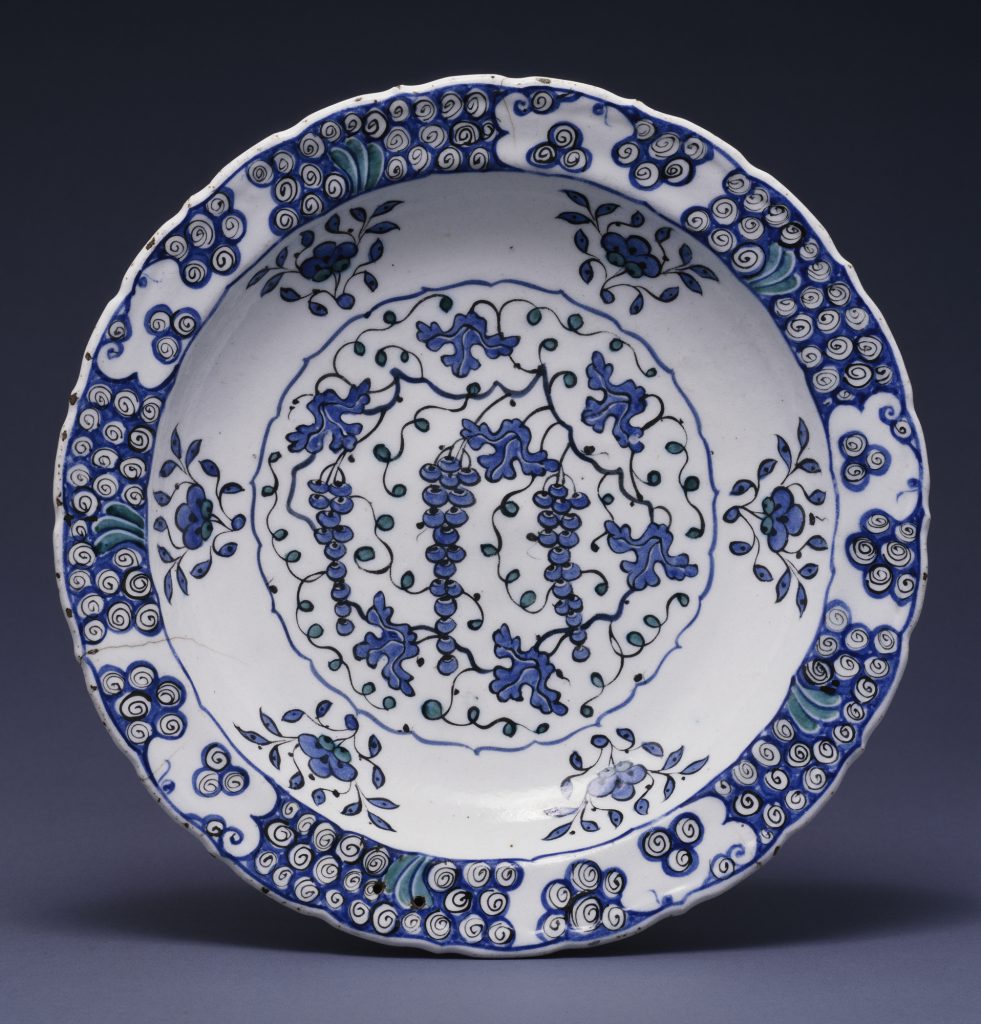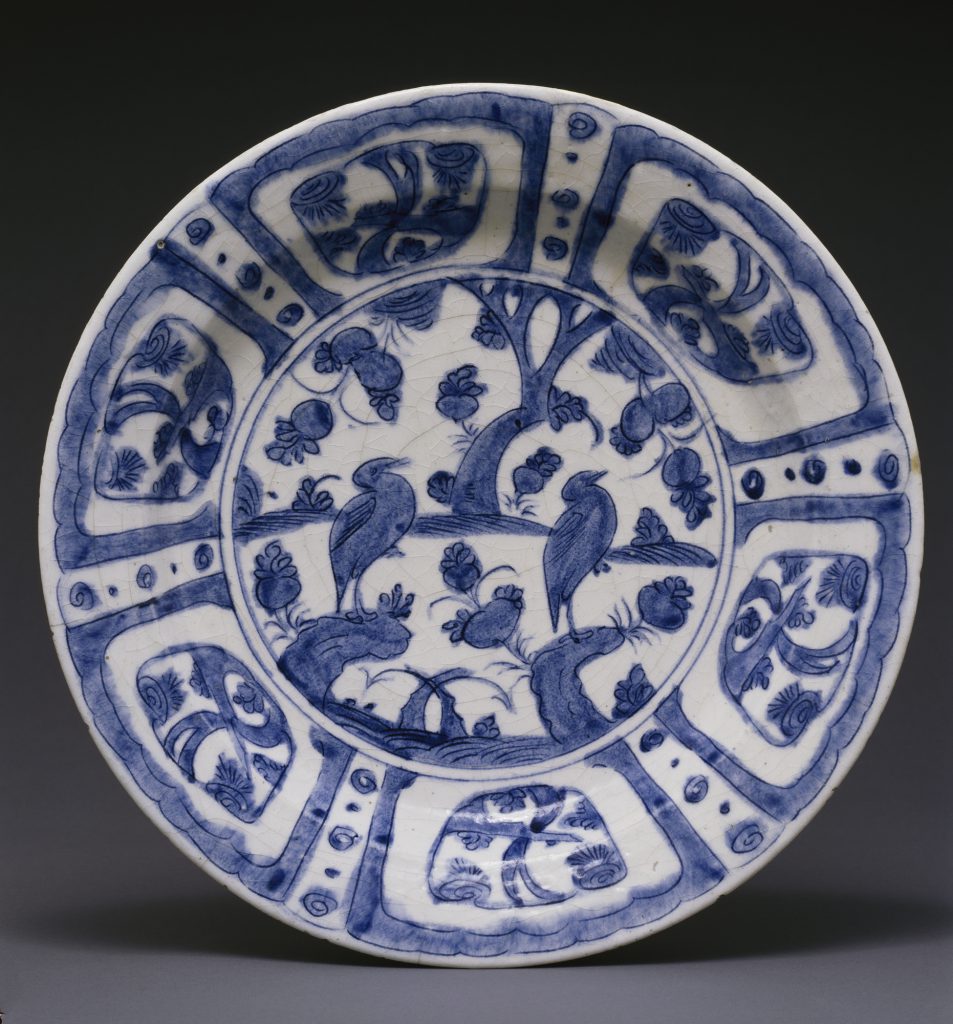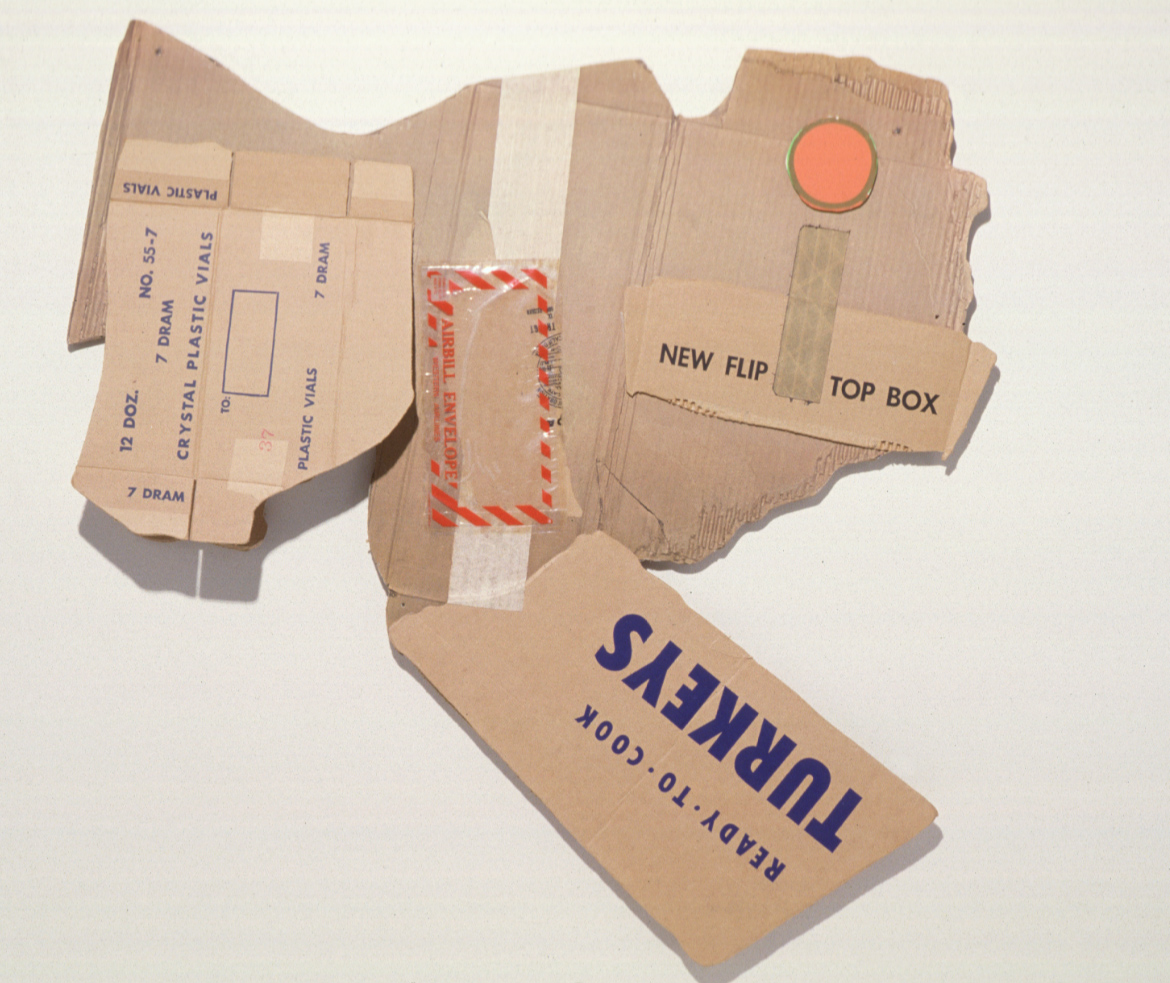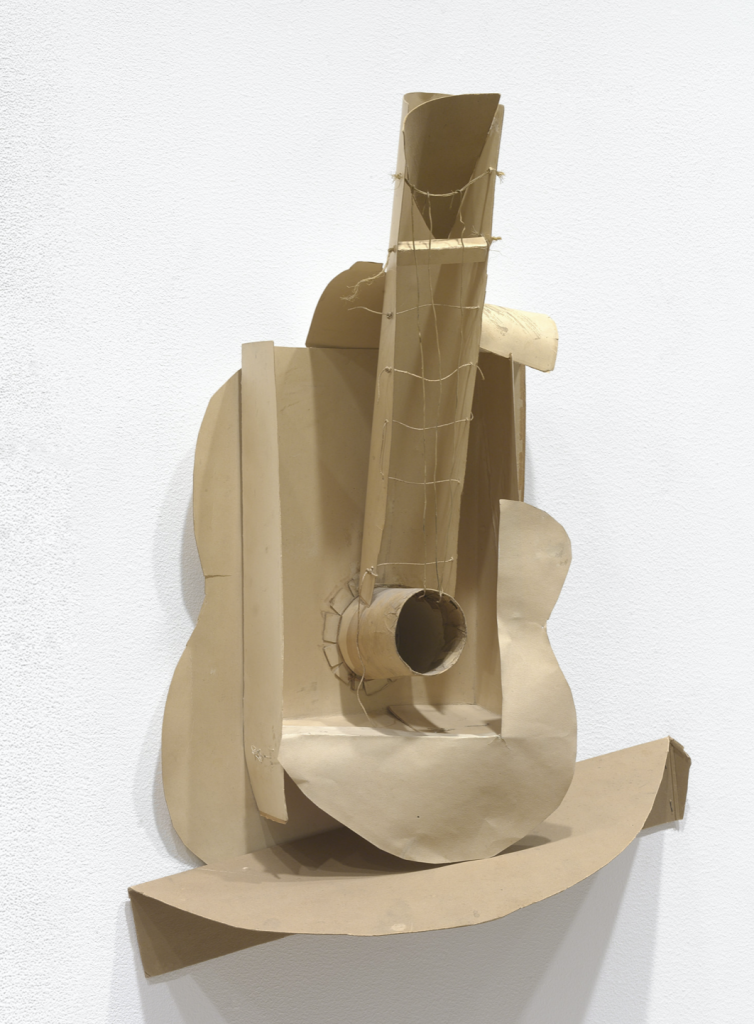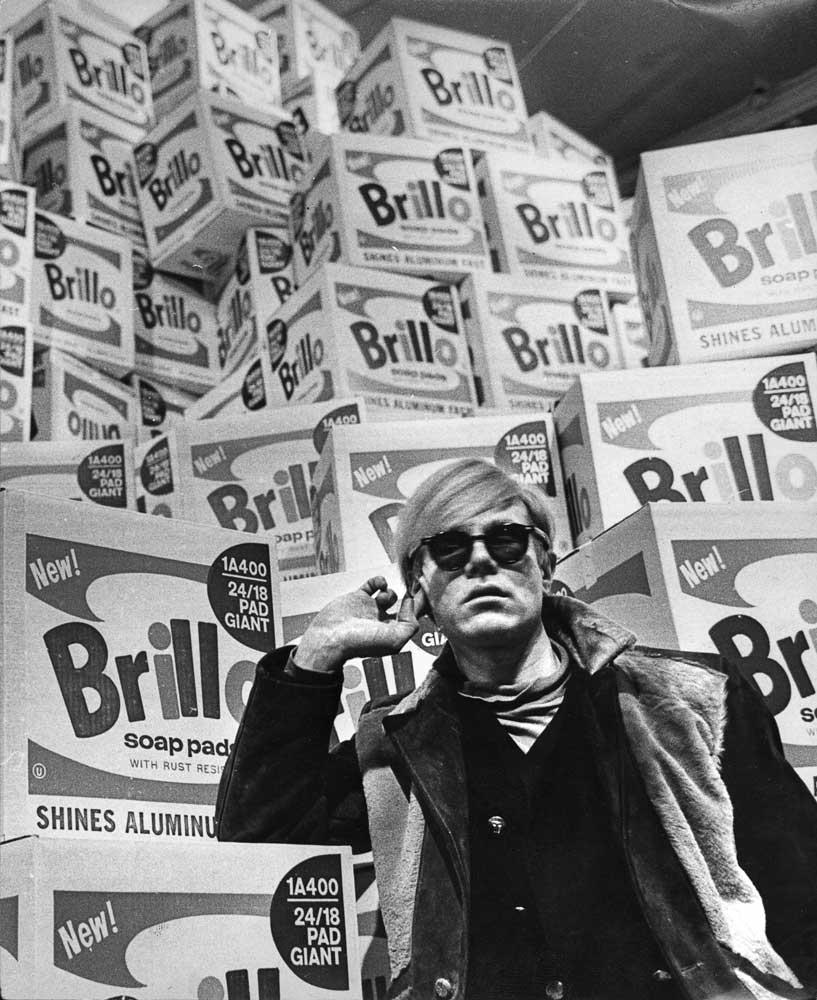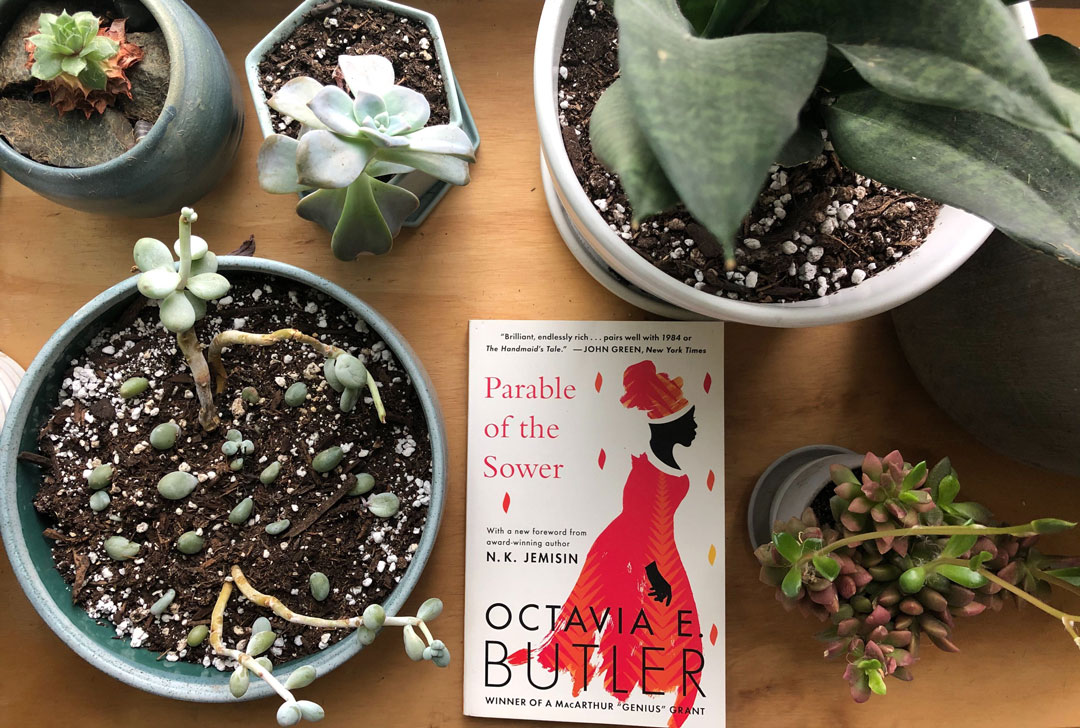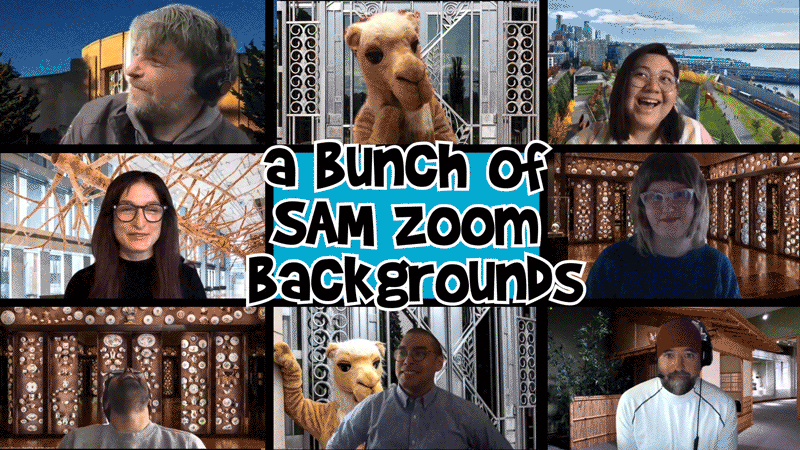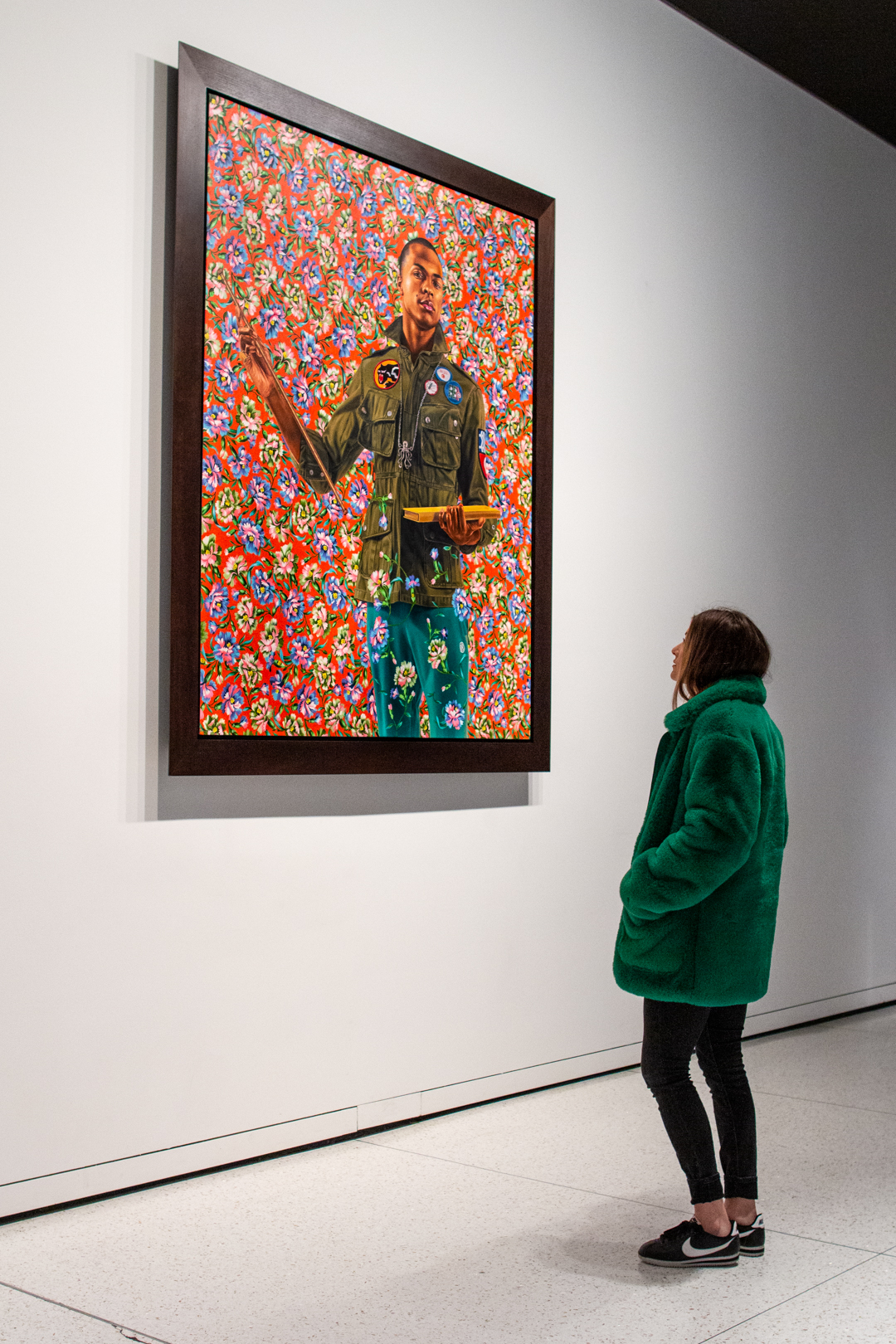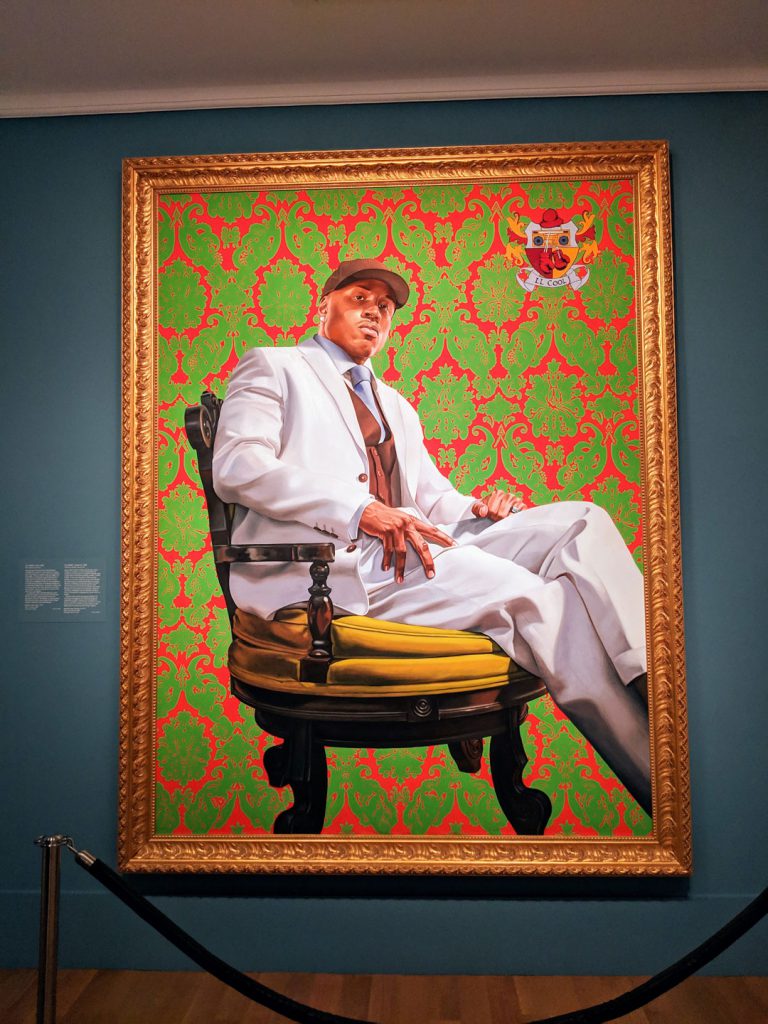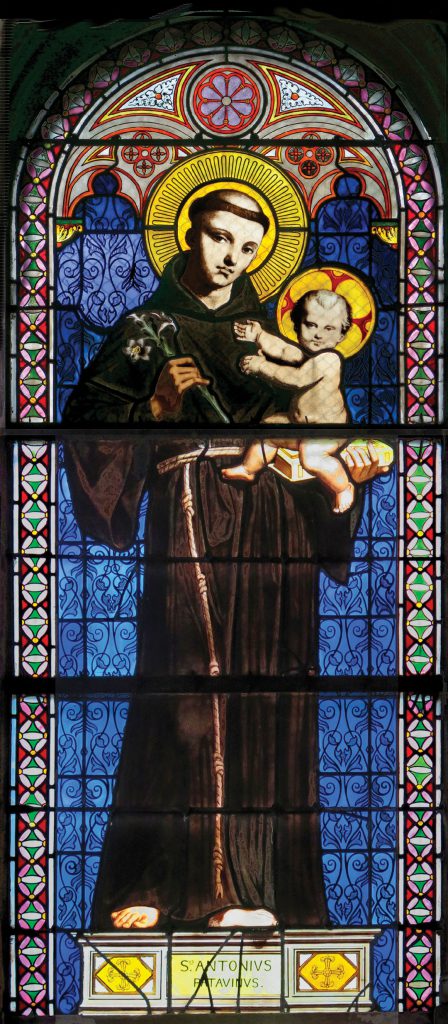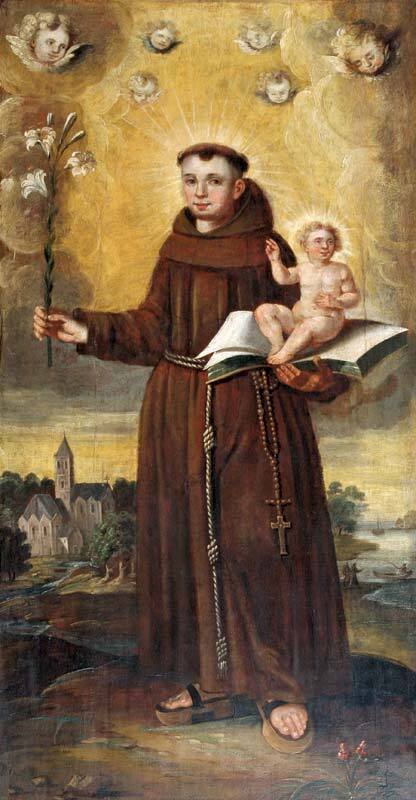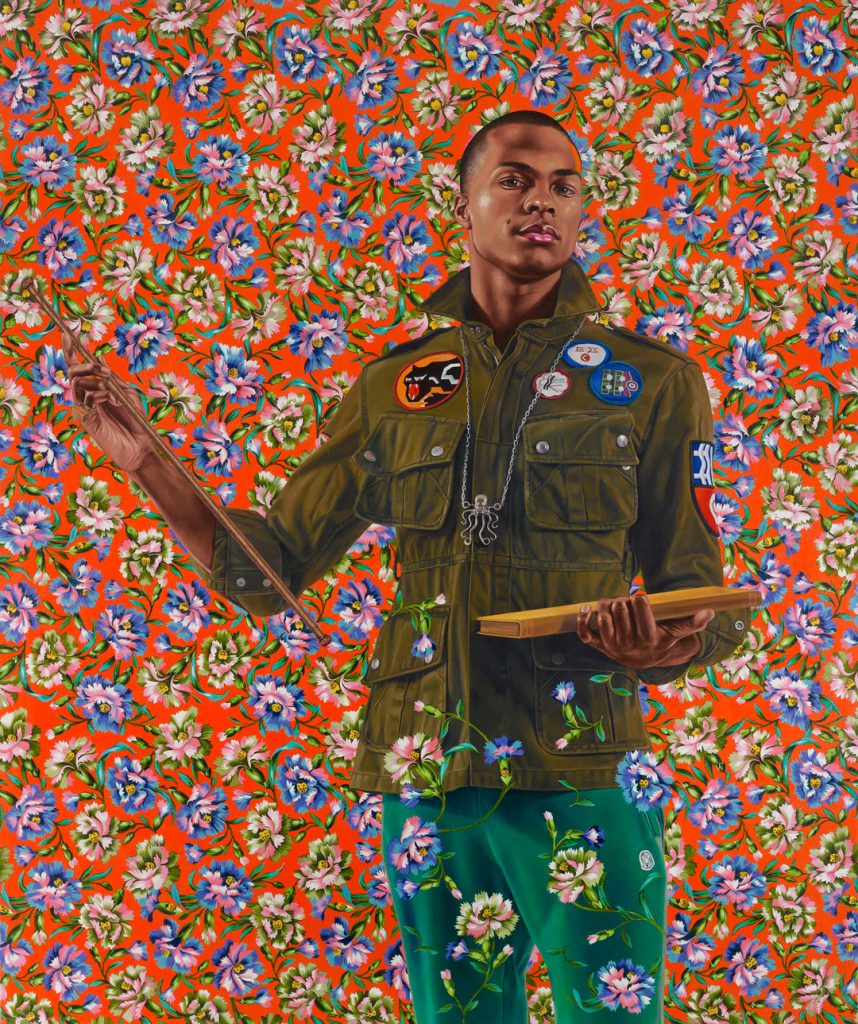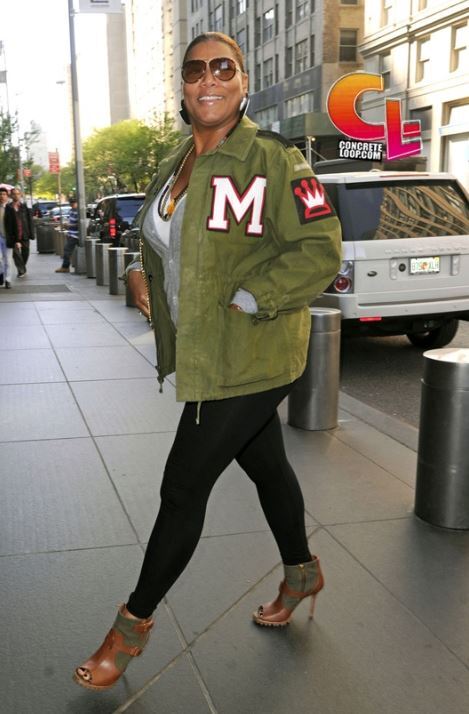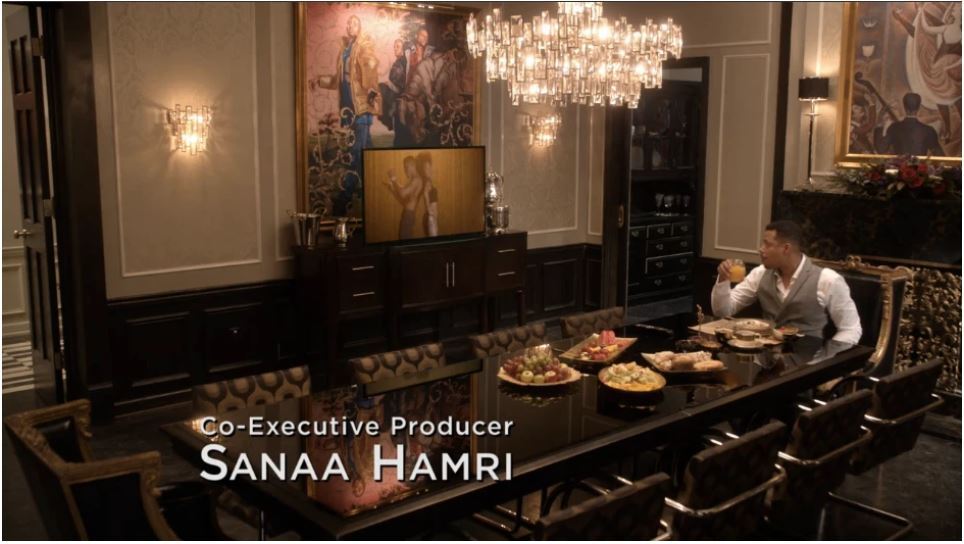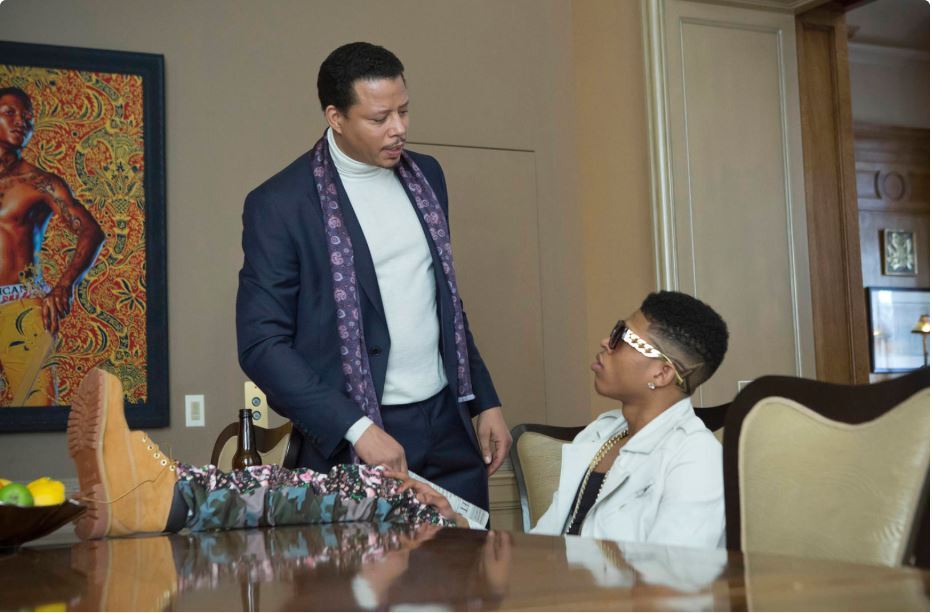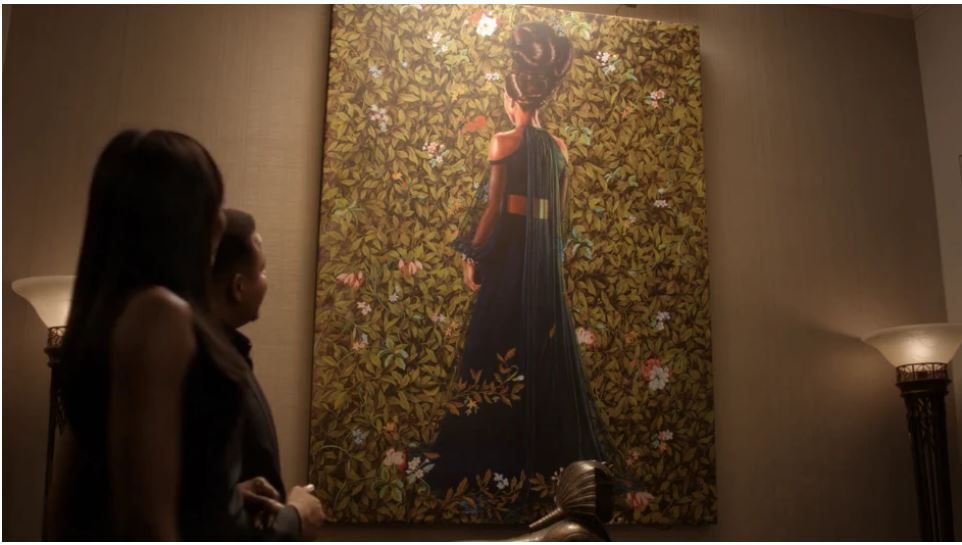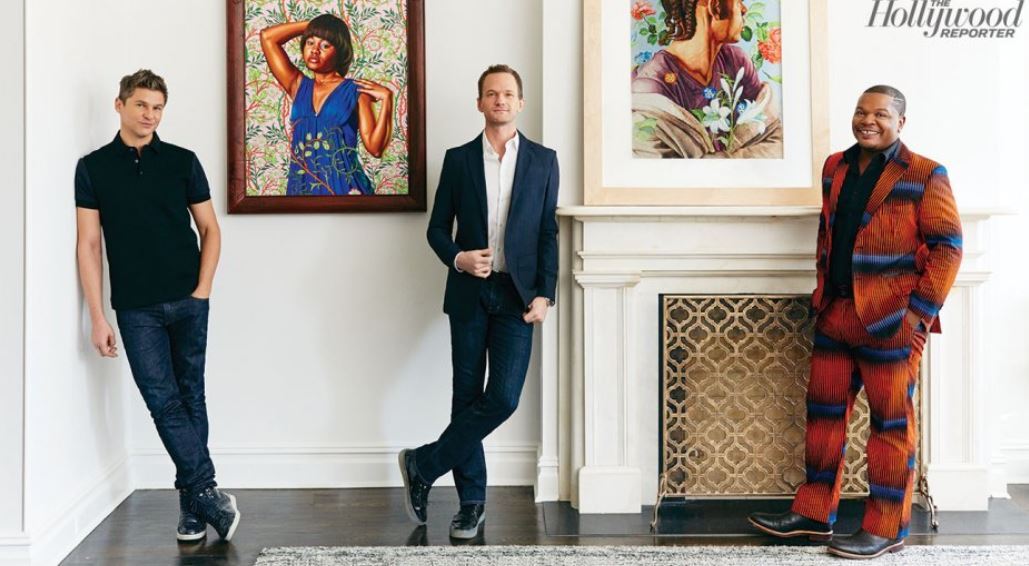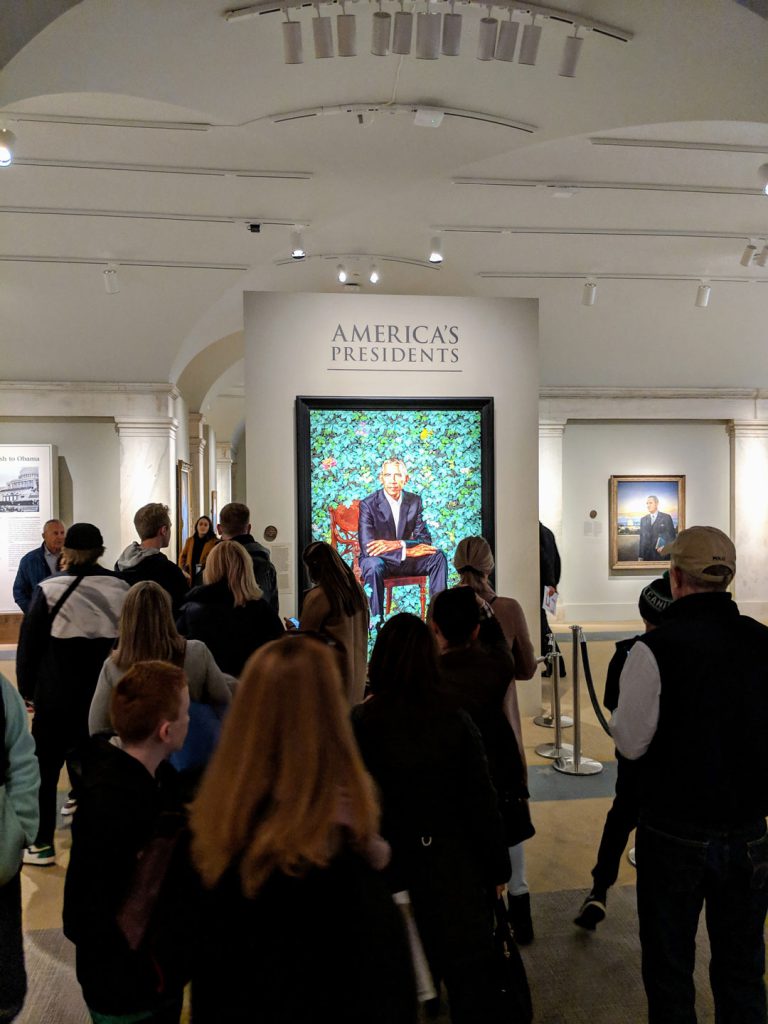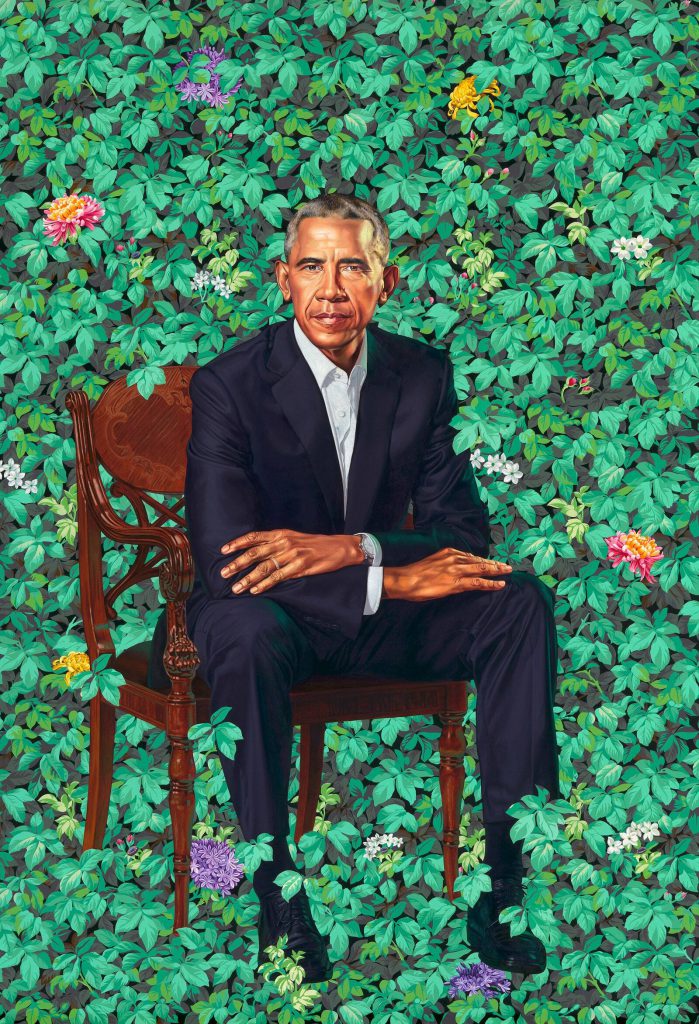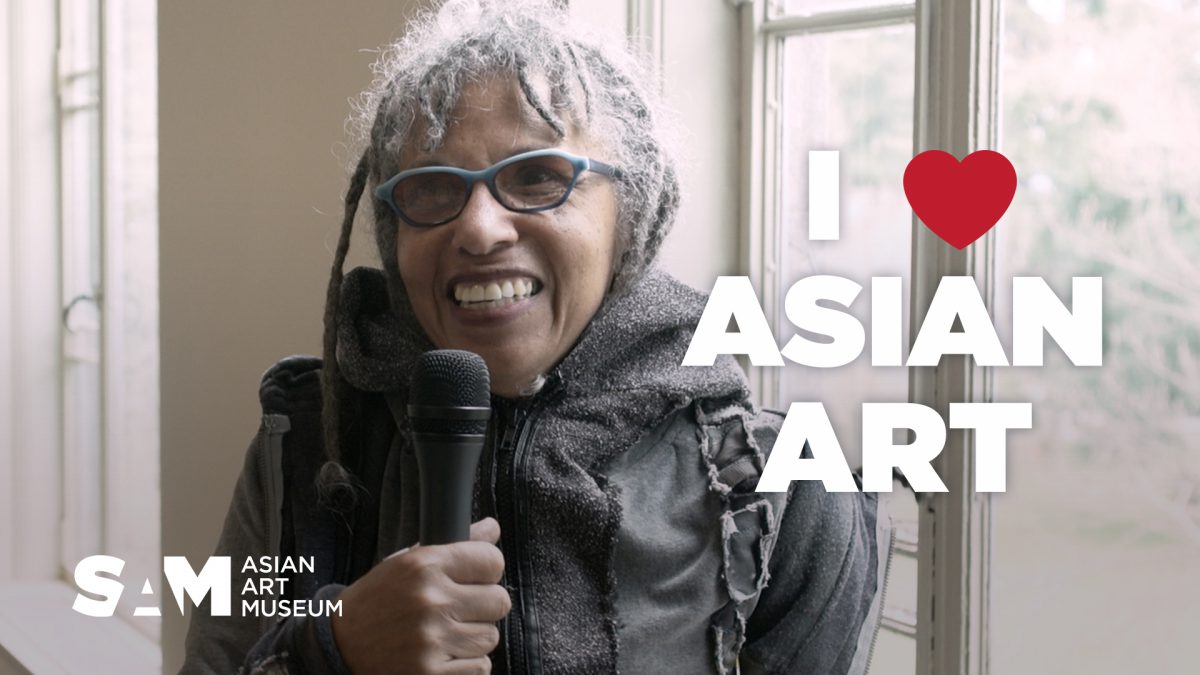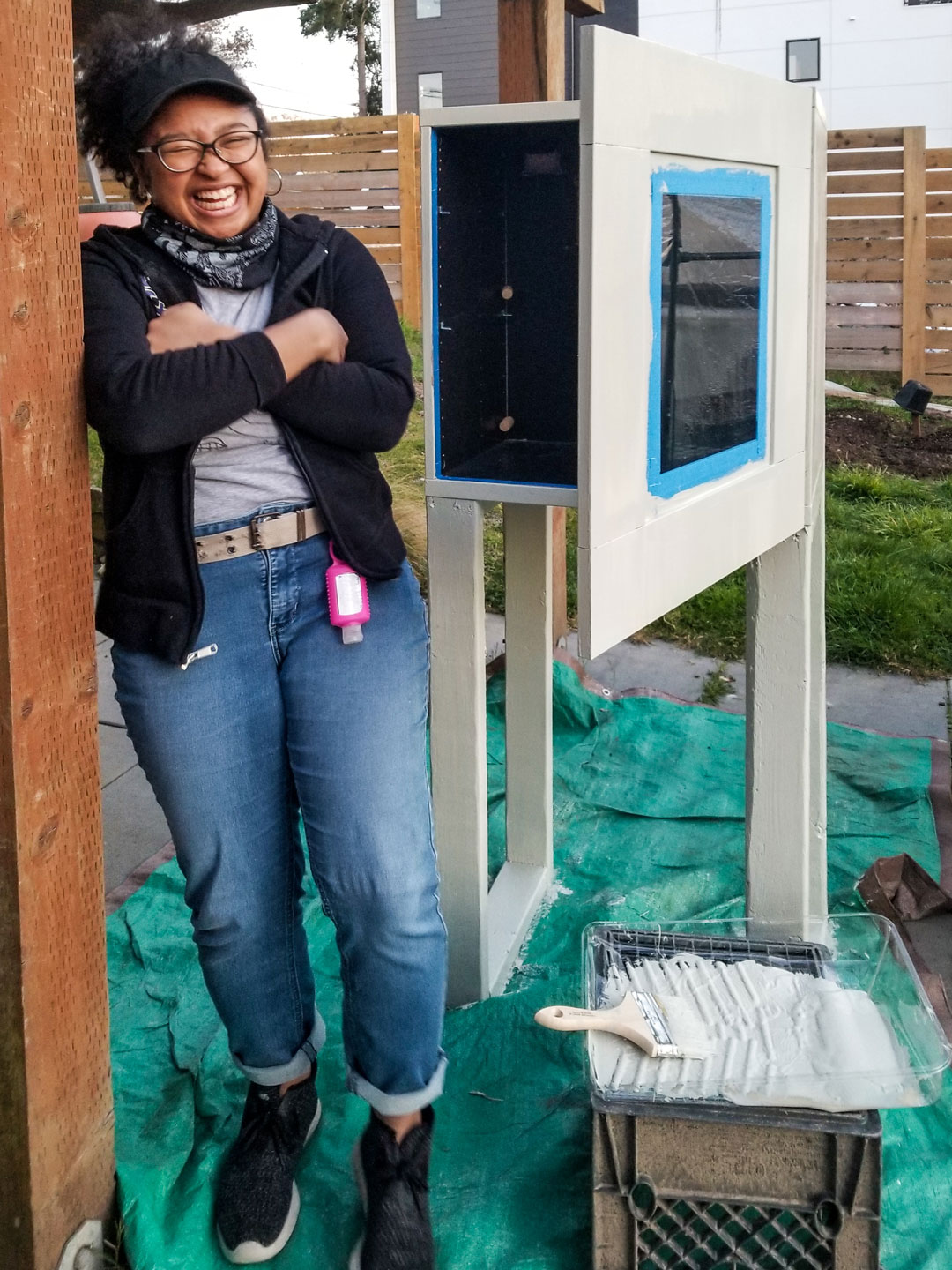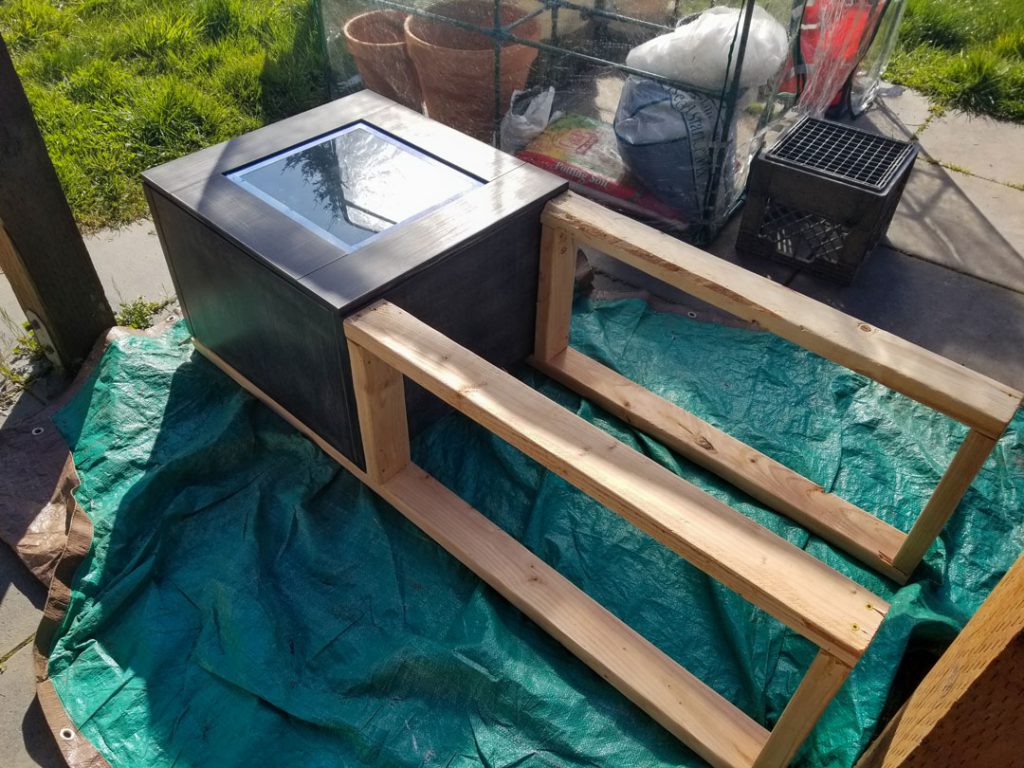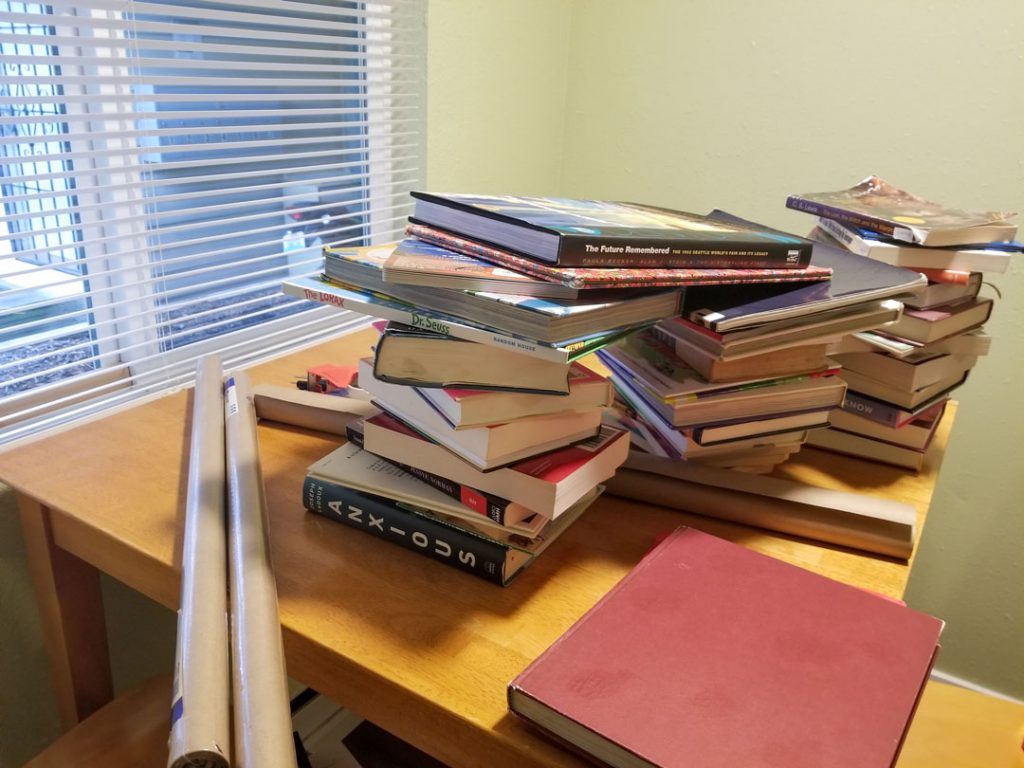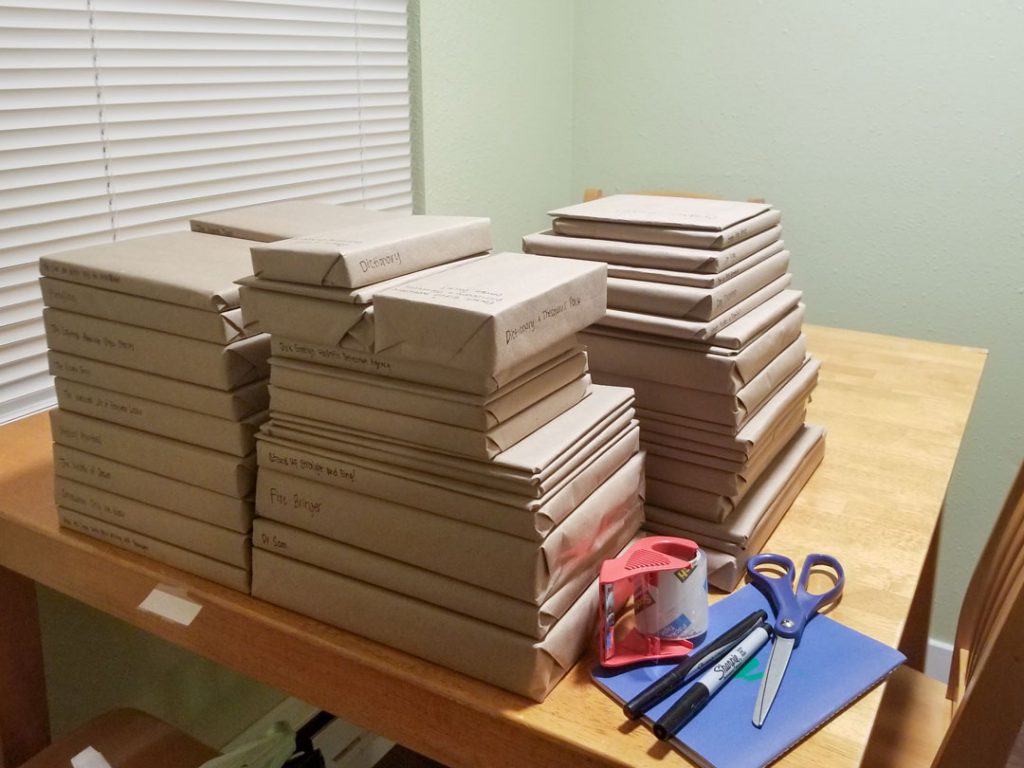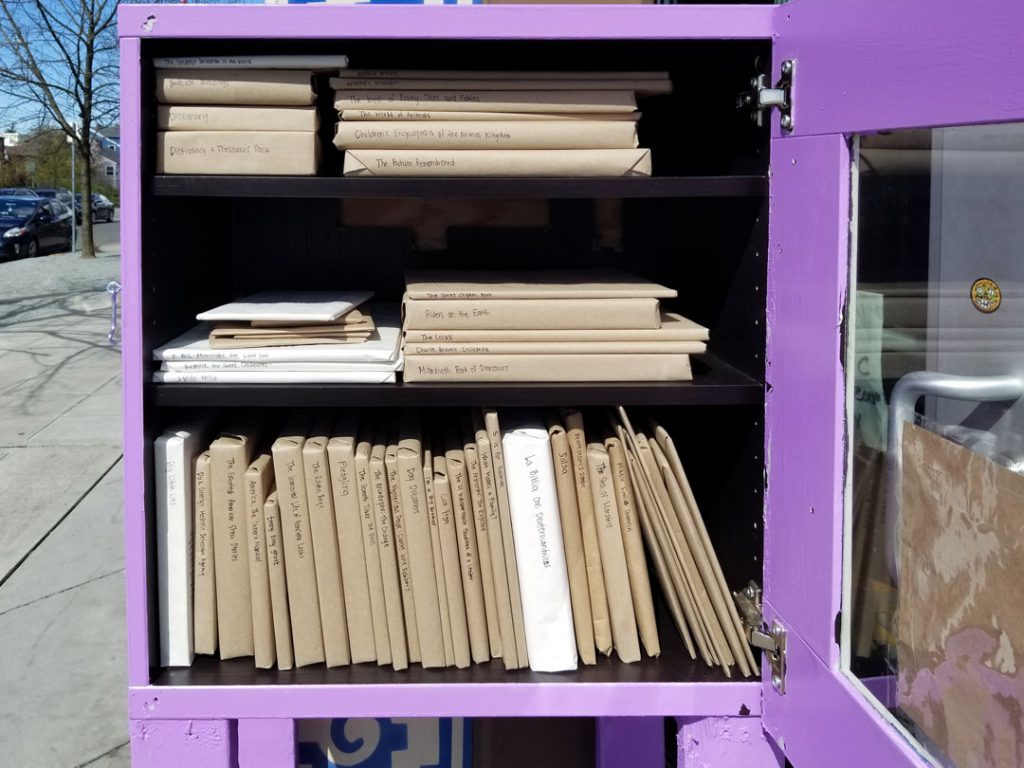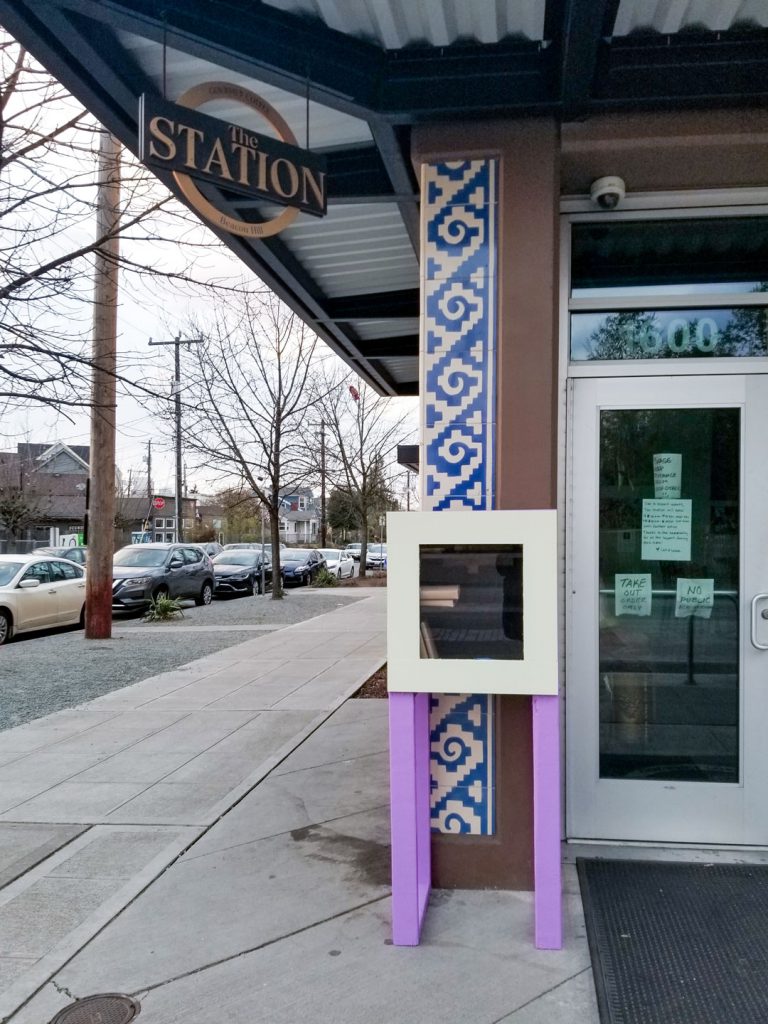Muse/News: Art from Home, Making space, and the John Waters Closet
SAM News
Two months after reopening the downtown museum, all SAM locations are once again closed until further notice. While our doors are closed, we invite you to stay home with SAM as we present live virtual events and engaging content on SAM Blog, including Muse/News.
From bilingual culture-loving site Ici Seattle, notre amis offer this review of City of Tomorrow, currently closed again but waiting for you when SAM reopens.
“More than anything this exhibition shows a highly intelligent woman with a strong love and curiosity for art and artists who chose to share this love with the city of Seattle. An exhibition not to be missed.”
Local News
The Stranger’s Rich Smith on the Pacific Northwest Ballet’s second digital premiere and how they’re “embracing the camera.”
And Seattle Opera held an online premiere for their production of Donizetti’s “The Elixir Love.” Thomas May reviews for the Seattle Times.
Crosscut’s Margo Vansynghel on the launch of the Cultural Space Agency, a new public development authority (PDA) linking the cultural sector, city government, developers, and donors to “create, purchase, manage and lease property for arts and cultural spaces.” This is the PDA created by the City of Seattle since 1985, to develop the downtown Seattle Art Museum.
“‘The public development authority brings the power of government, the nimbleness of the independent sector and the partnership opportunities of social impact investment all to bear on the same problem,” [Matthew] Richter says.”
Inter/National News
Hilarie M. Sheets for the New York Times on the appointment of Klaudio Rodriguez as director of the Bronx Museum of the Arts; he joins a “growing group” of Latinx art museum directors across the country—including SAM’s director and CEO, Amada Cruz.
Artnet’s Taylor Defoe on a dispute in upstate New York over a mural created by artist Nick Cave for the façade of Jack Shainman outpost The School. Saying “TRUTH BE TOLD” in 25-foot-high black vinyl letters, the mural does not please the village’s mayor, who contends that it is merely a sign and in violation of a local code.
Filmmaker and artist John Waters will give 375 artworks to his hometown Baltimore Museum of Art; his collection includes works by Diane Arbus, Lee Lozano, Christian Marclay, Cindy Sherman, and more. As part of the gift, Waters asked that their restrooms be named in his honor.
“They thought I was kidding and I said, ‘No, I’m serious.’ It’s in the spirit of the artwork I collect, which has a sense of humor and is confrontational and minimalist and which makes people crazy…I have a lot of art that would work in a bathroom.”
And Finally
“A memorial to bad artistic impulses.”
– Rachel Eggers, SAM Associate Director of Public Relations
